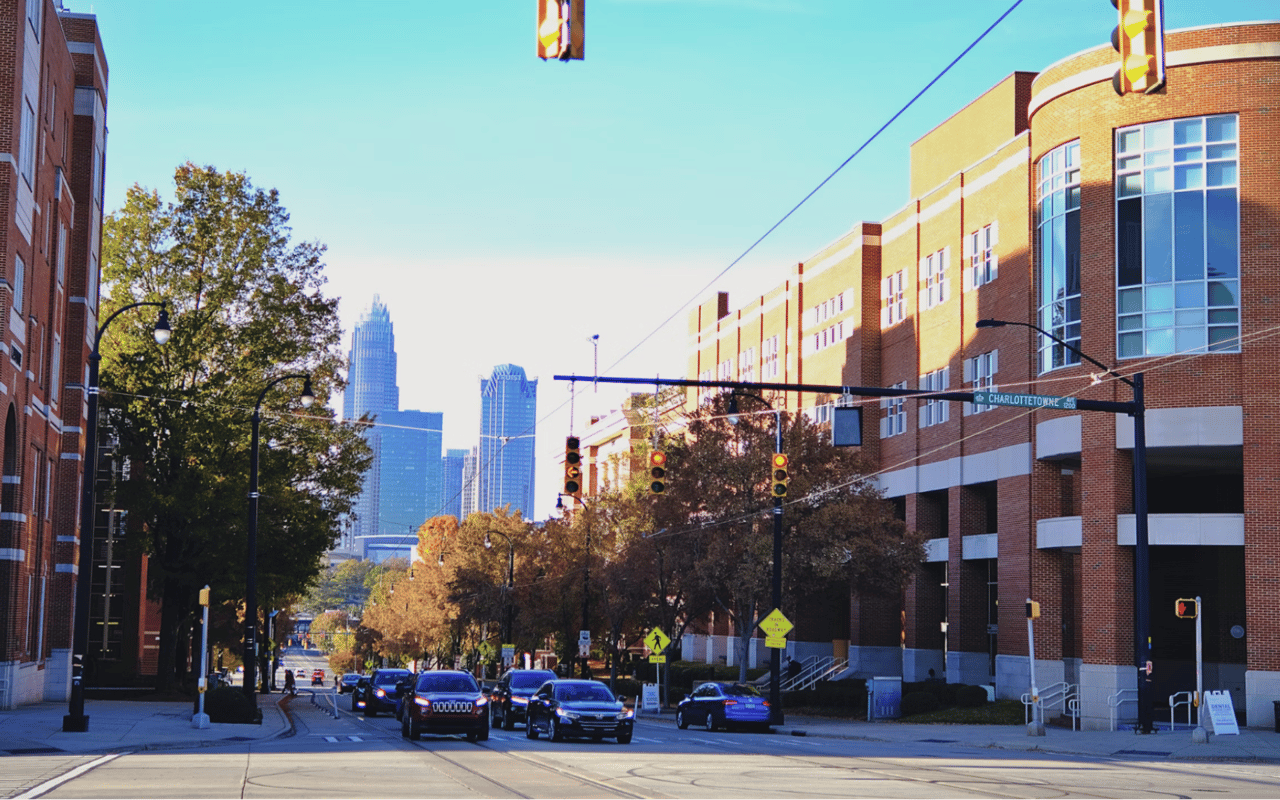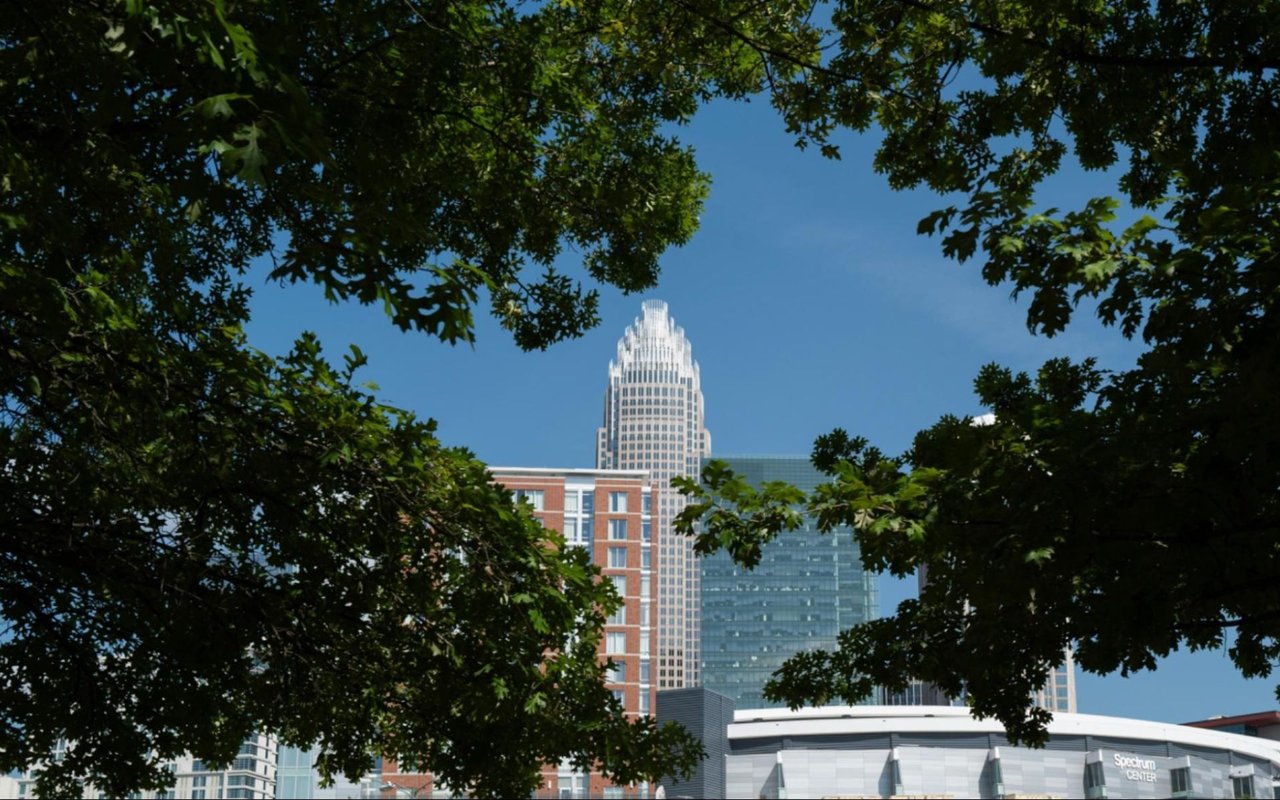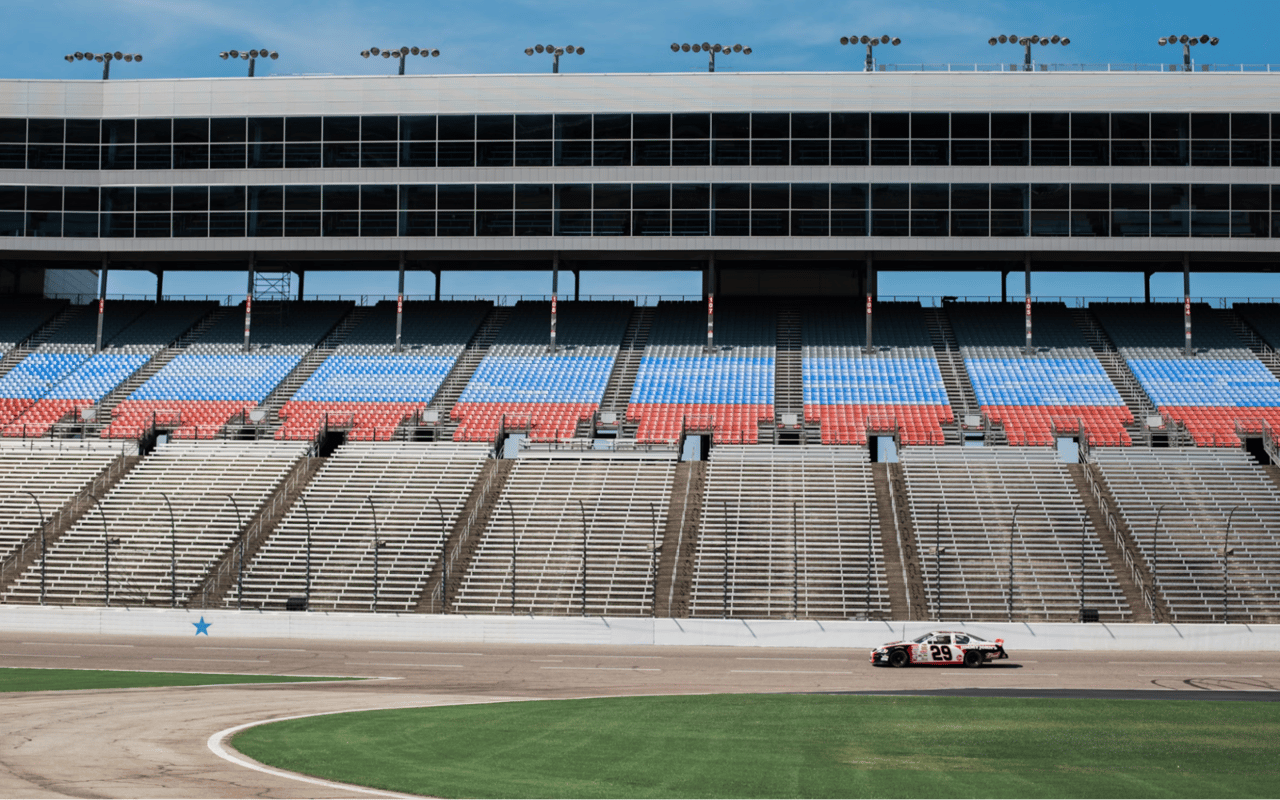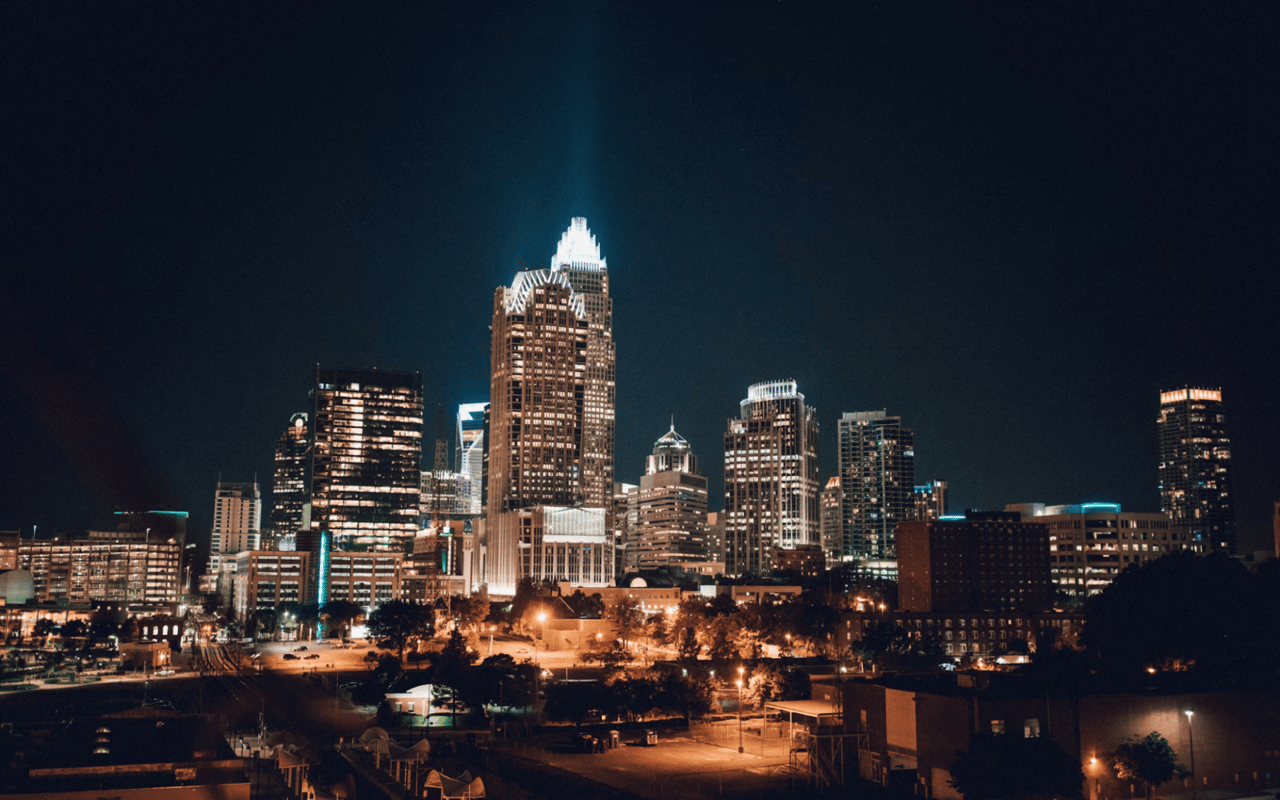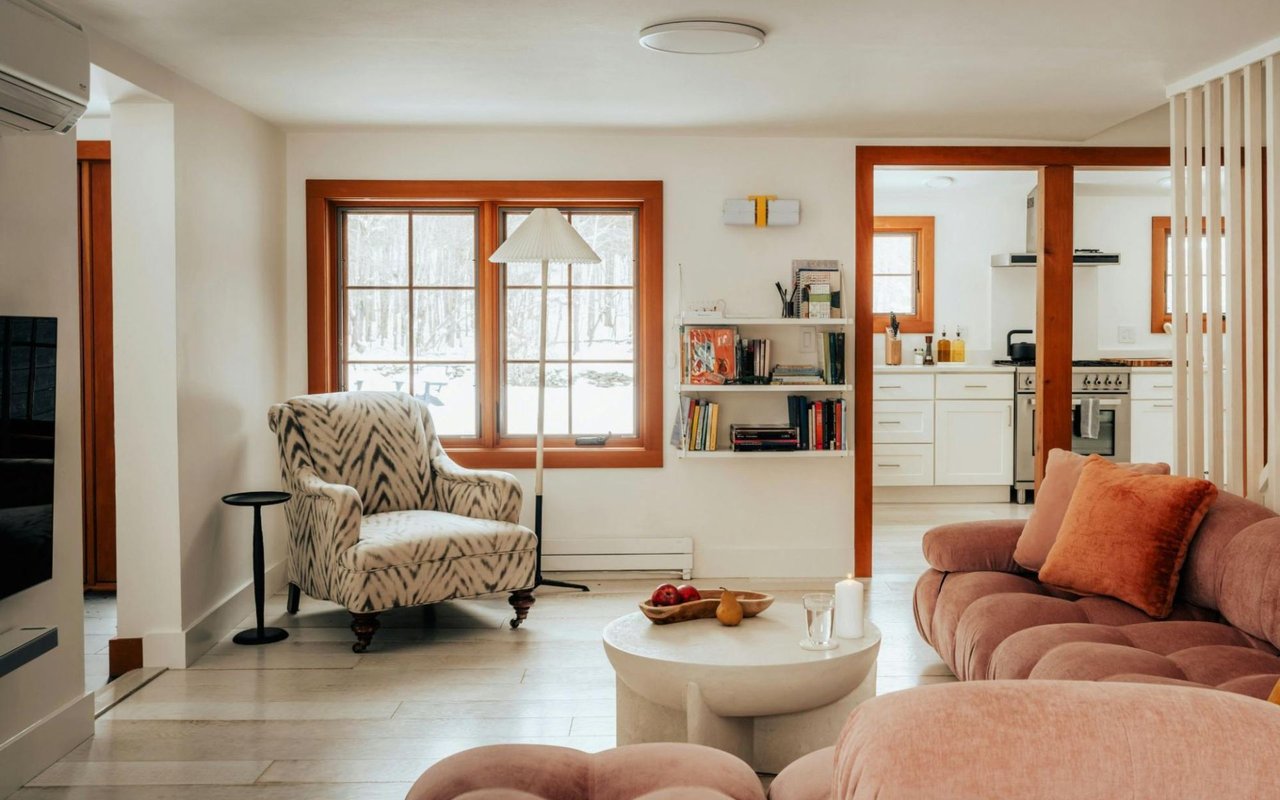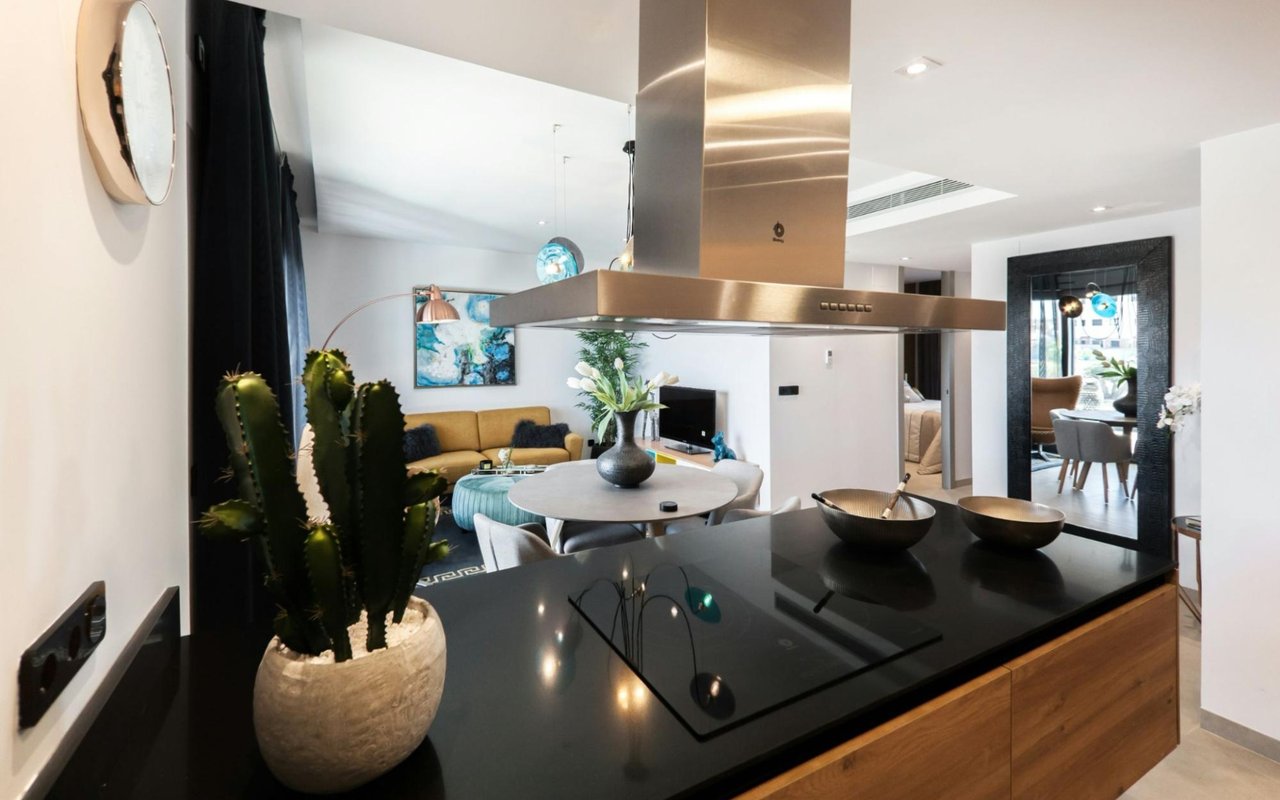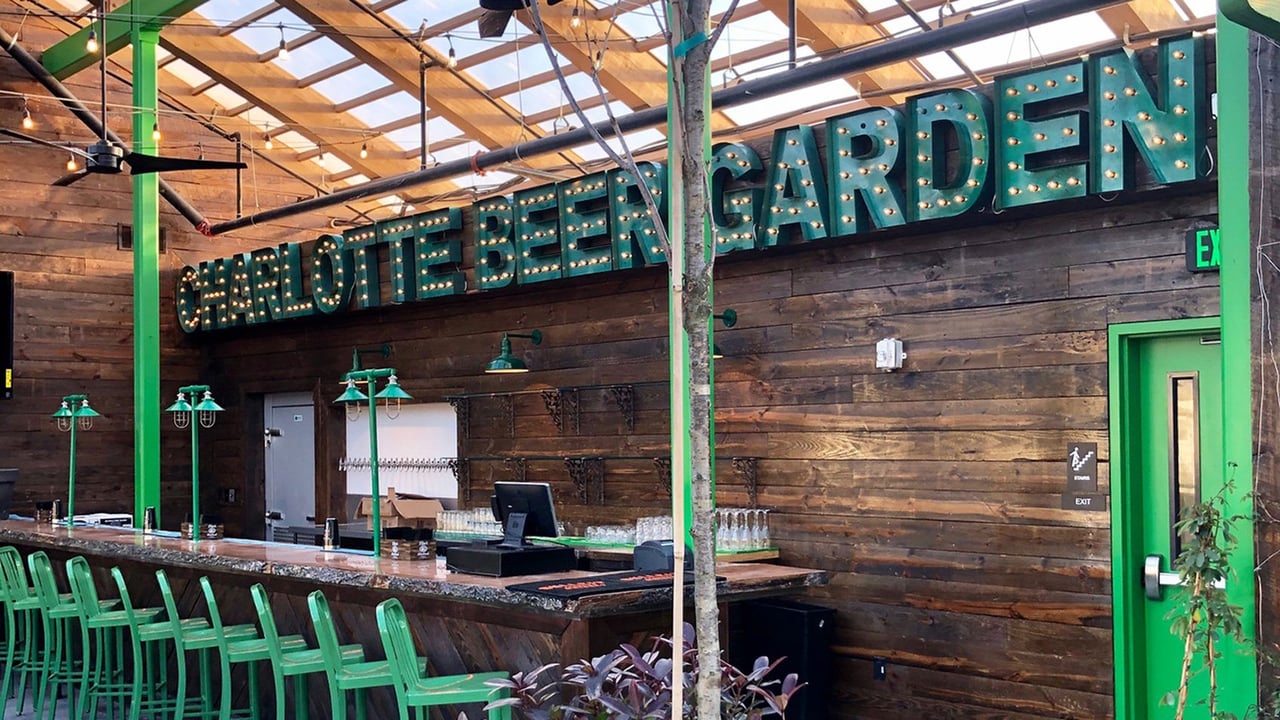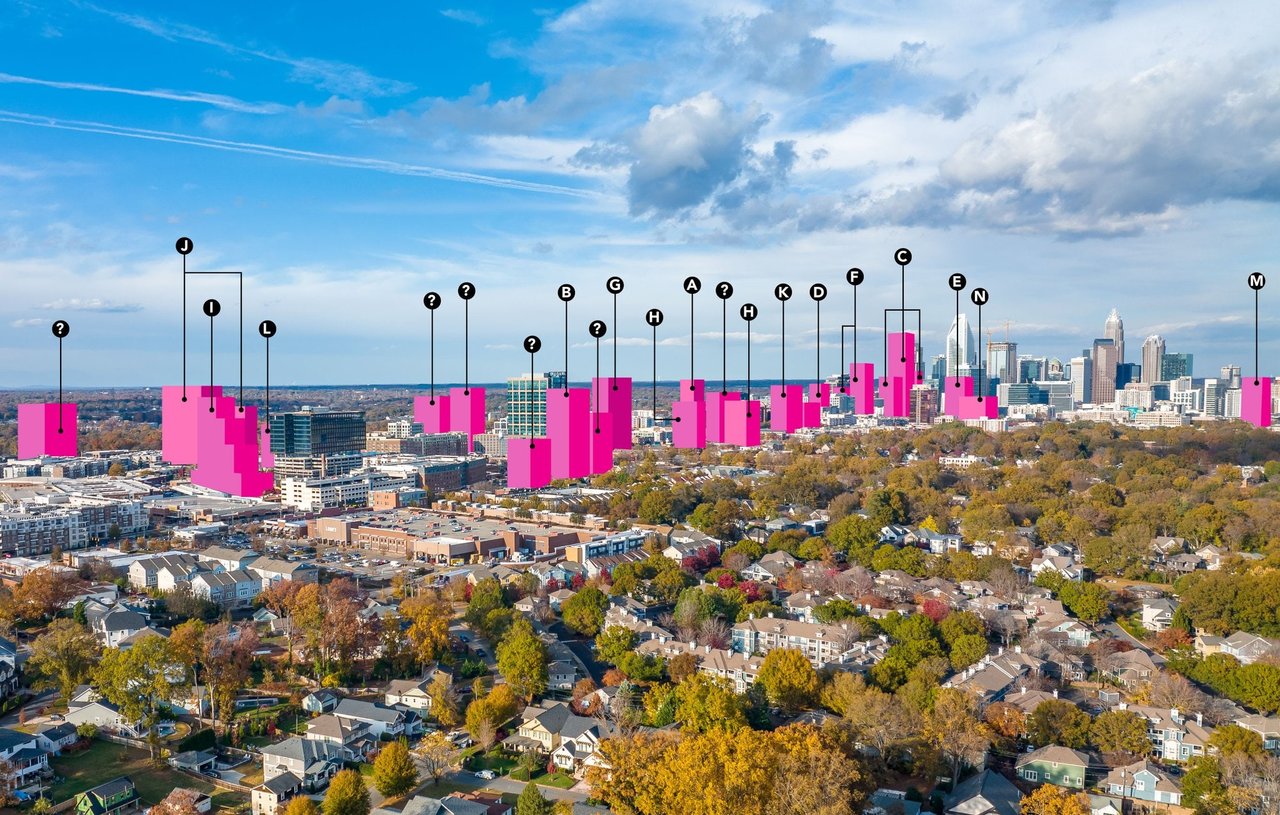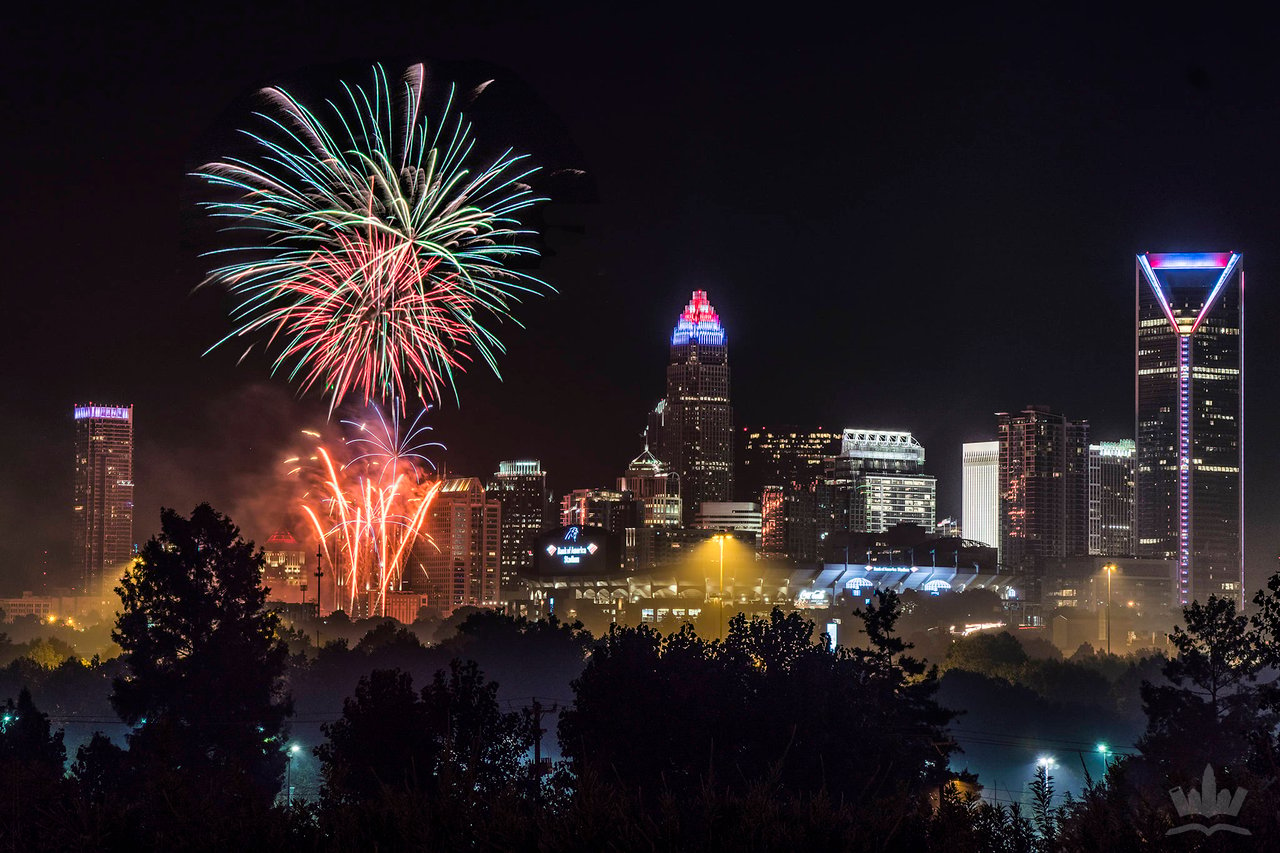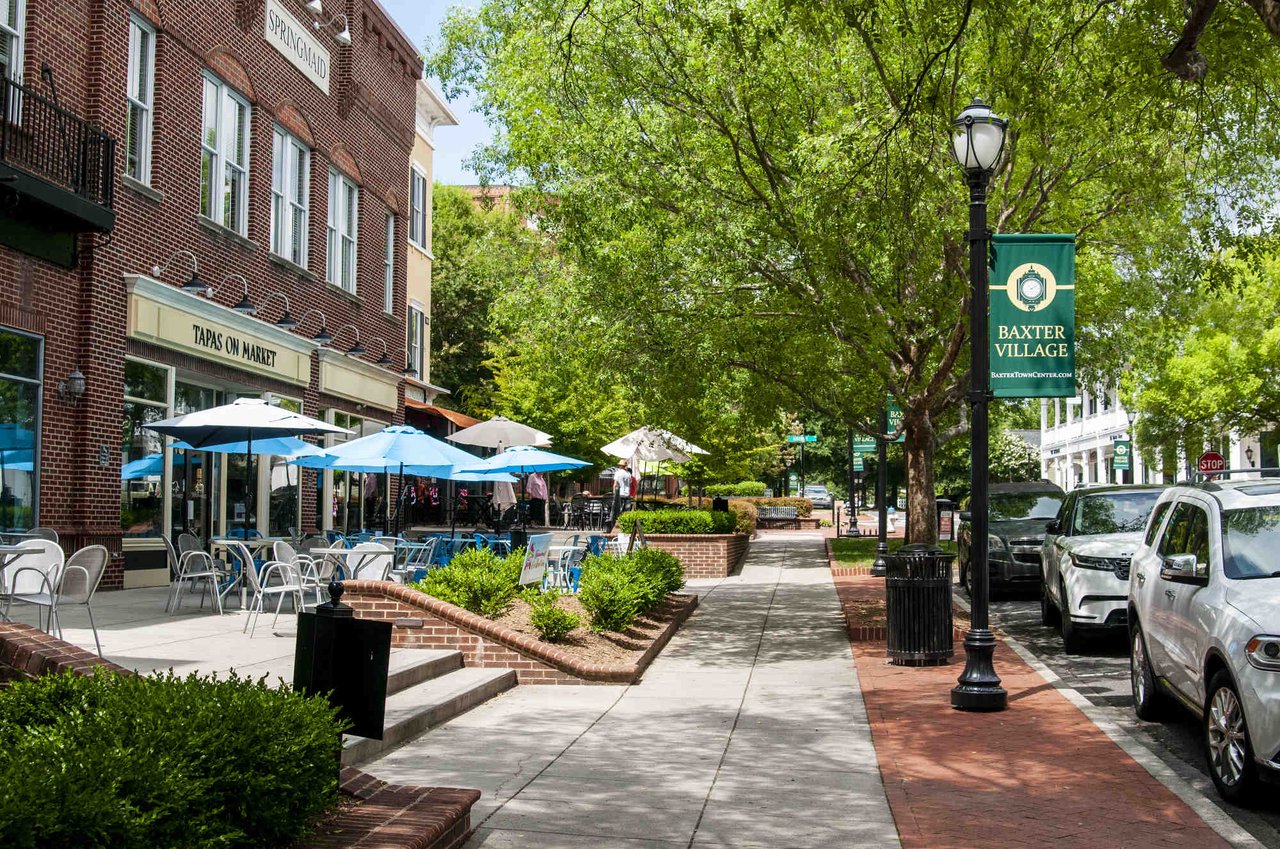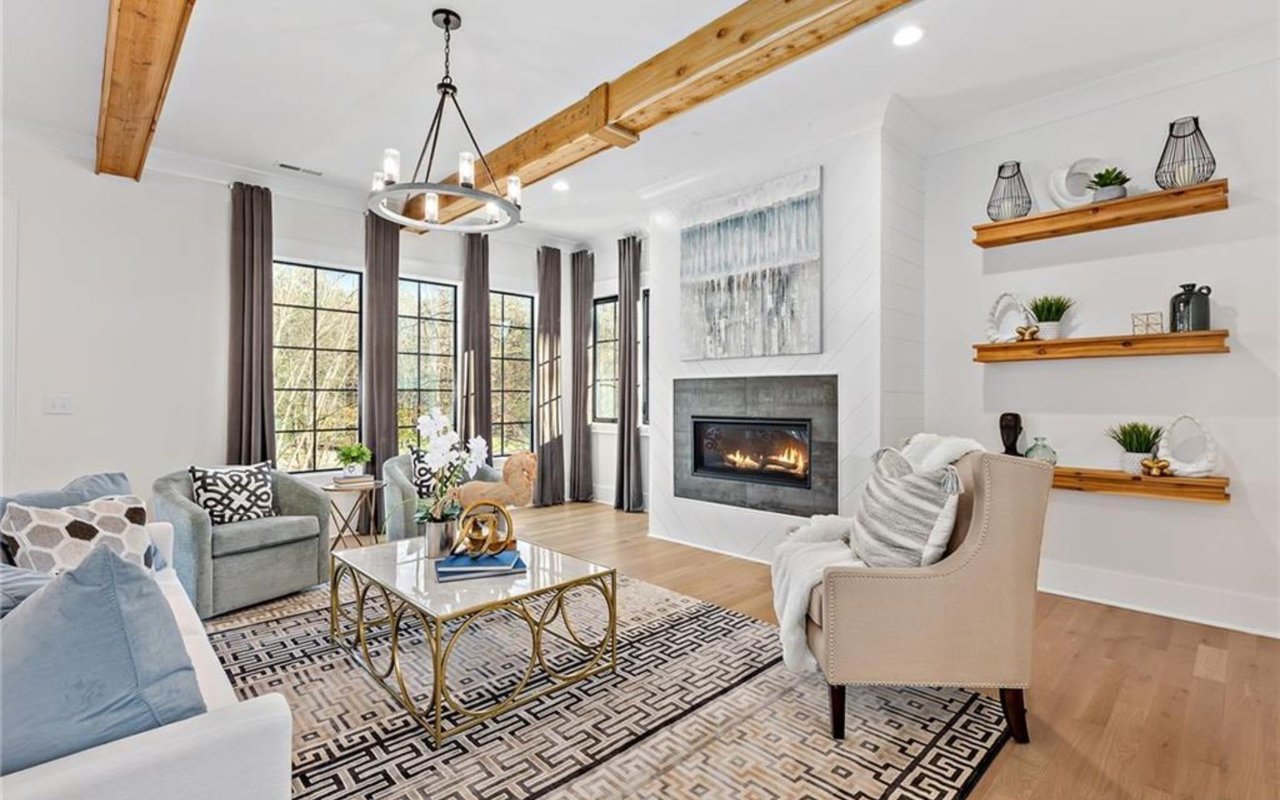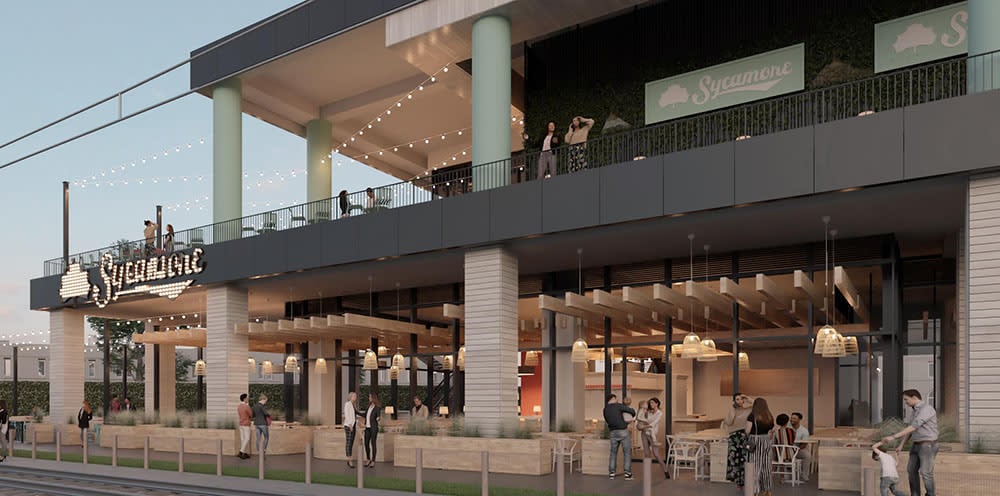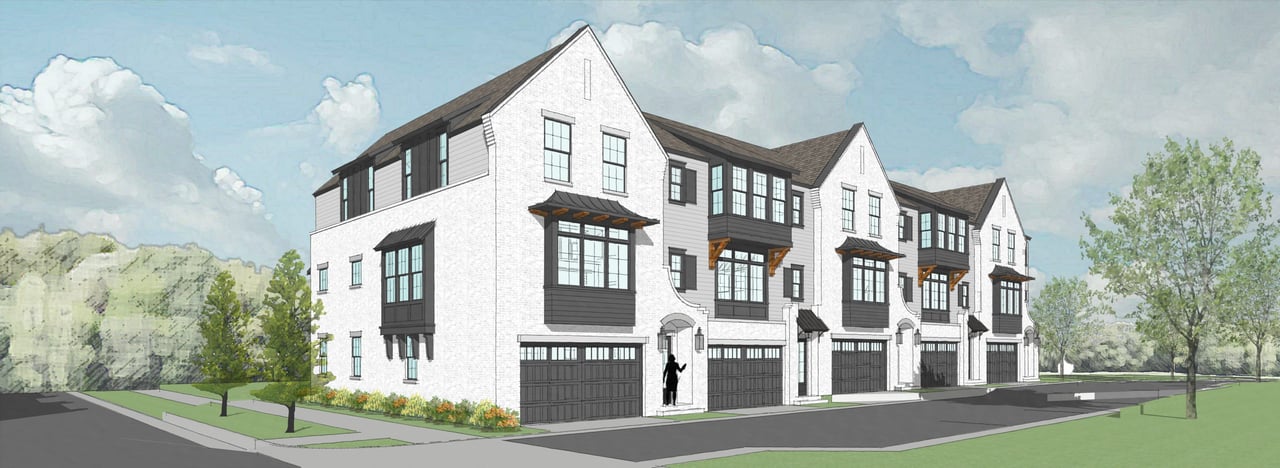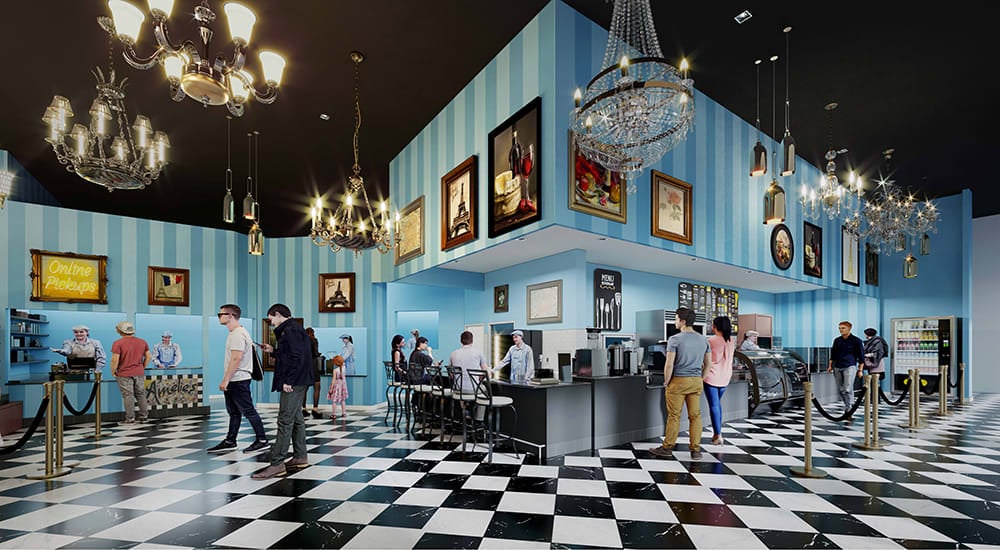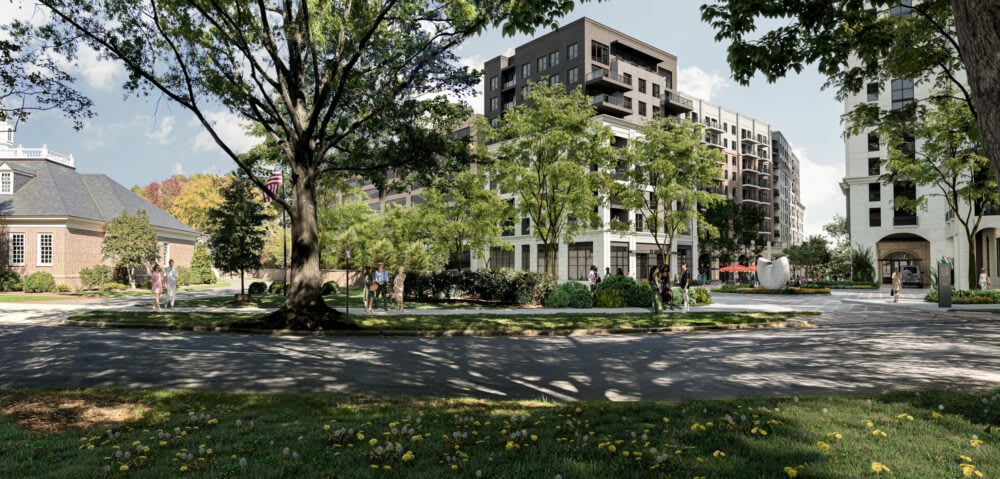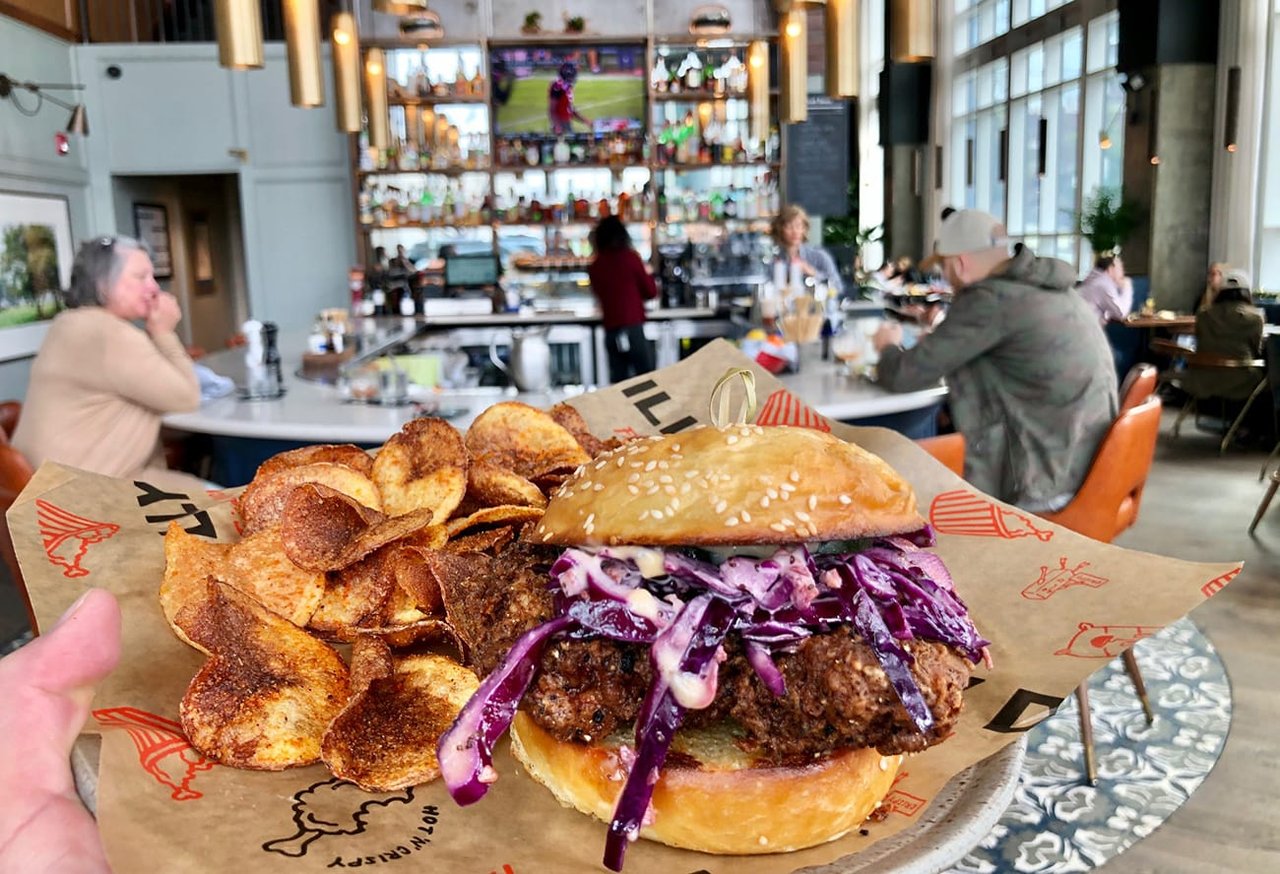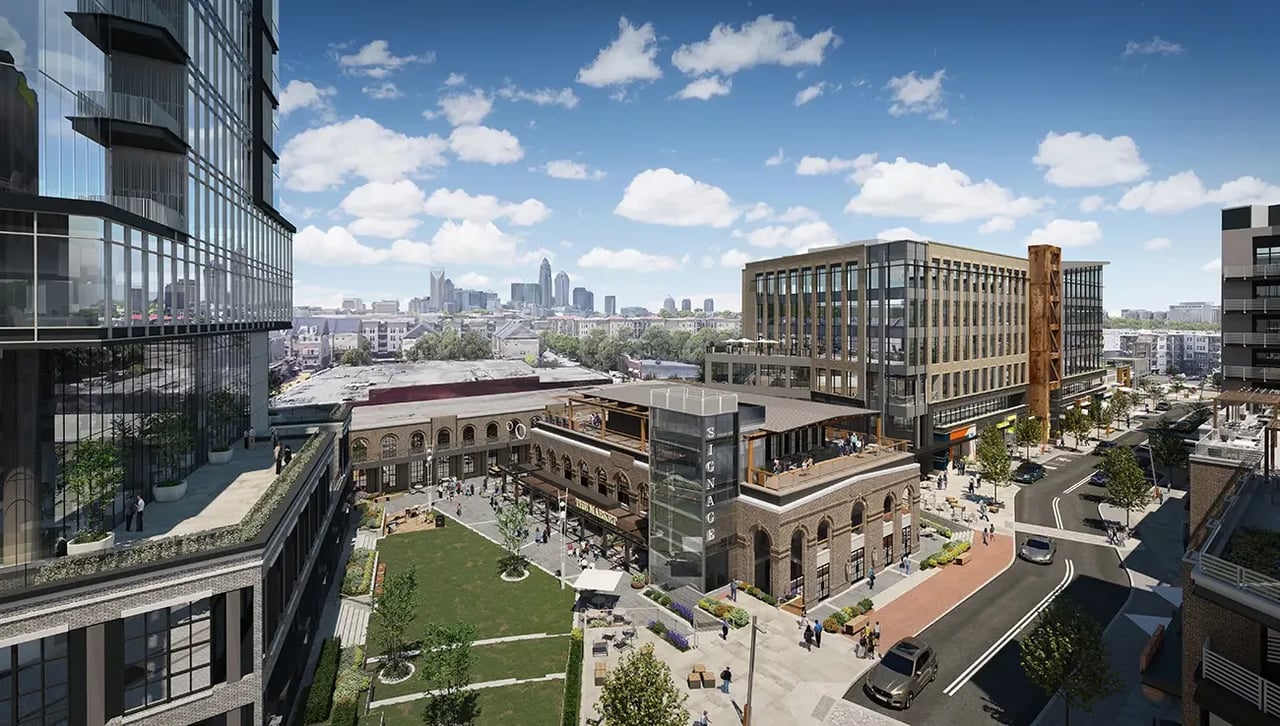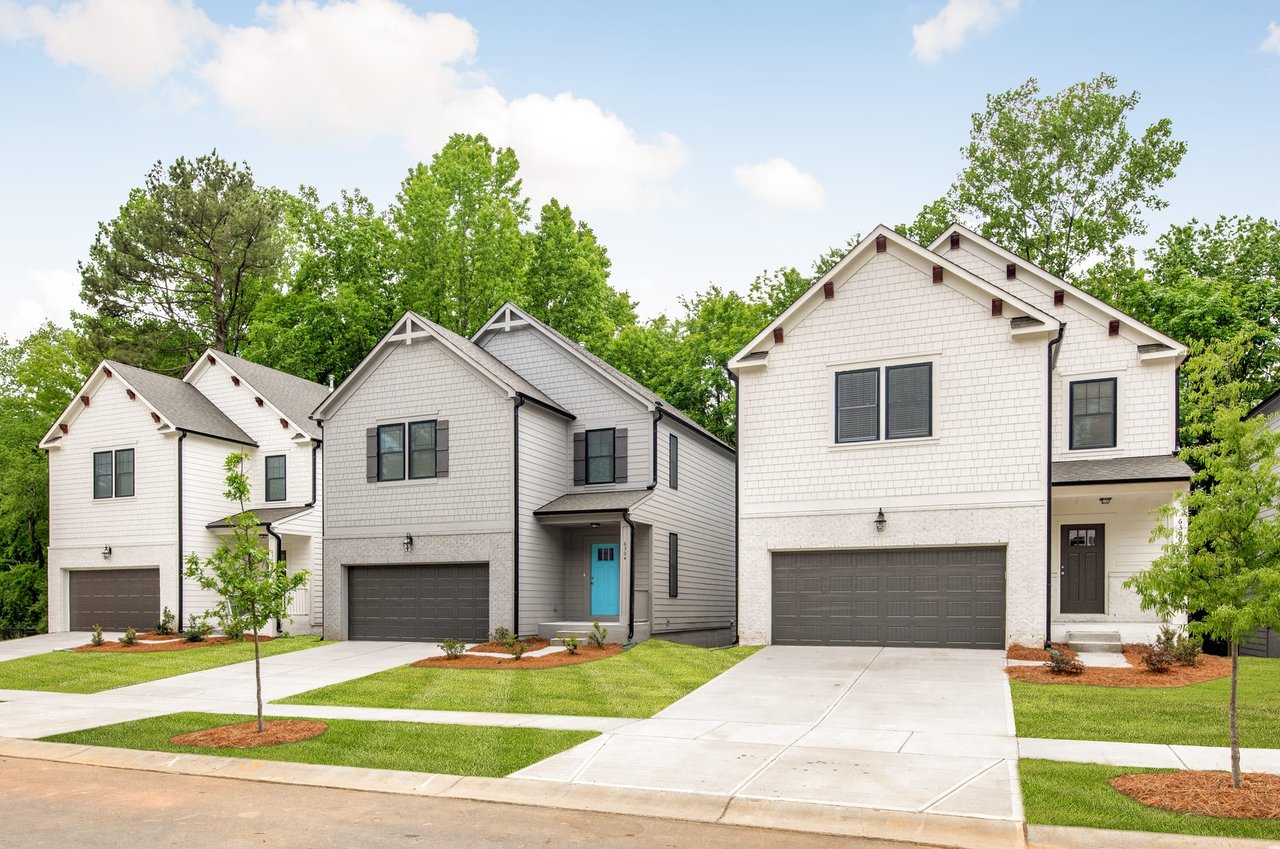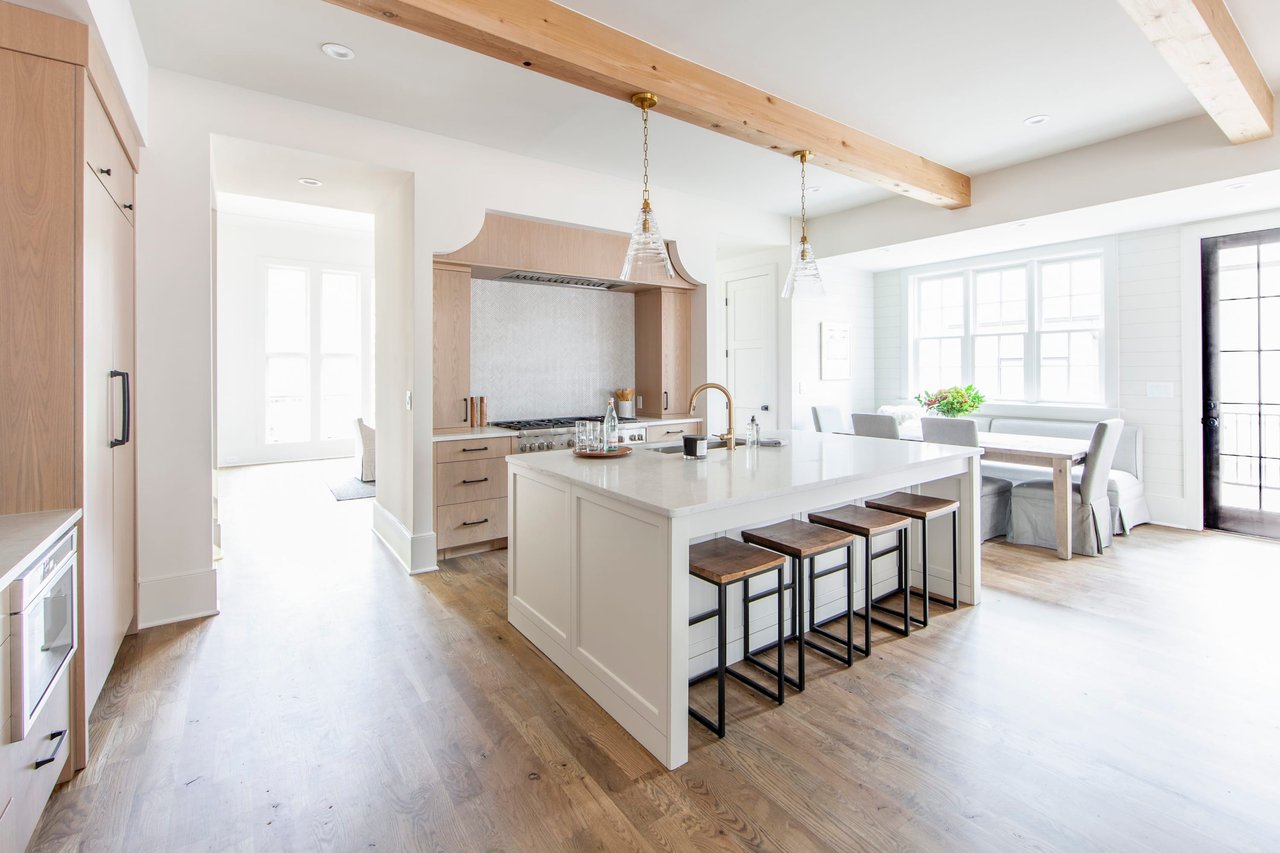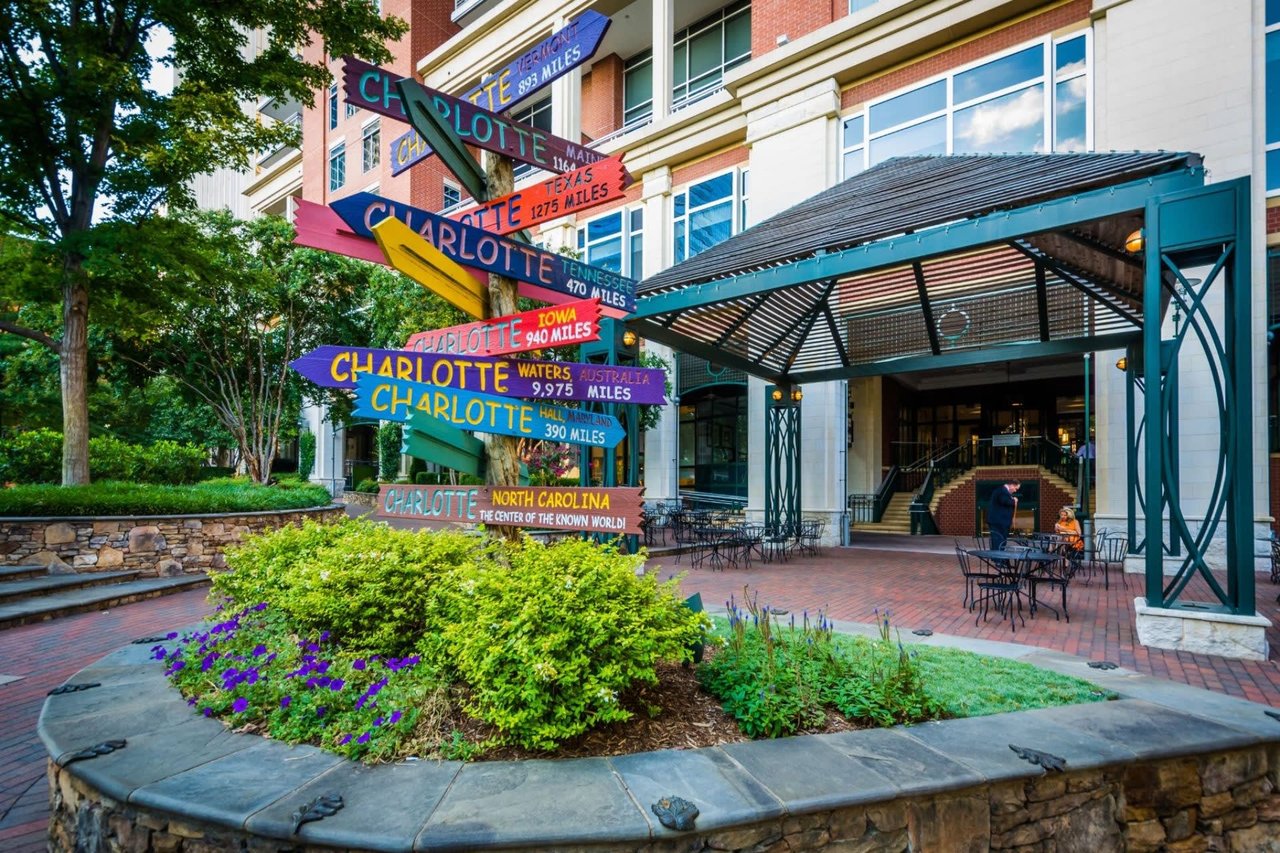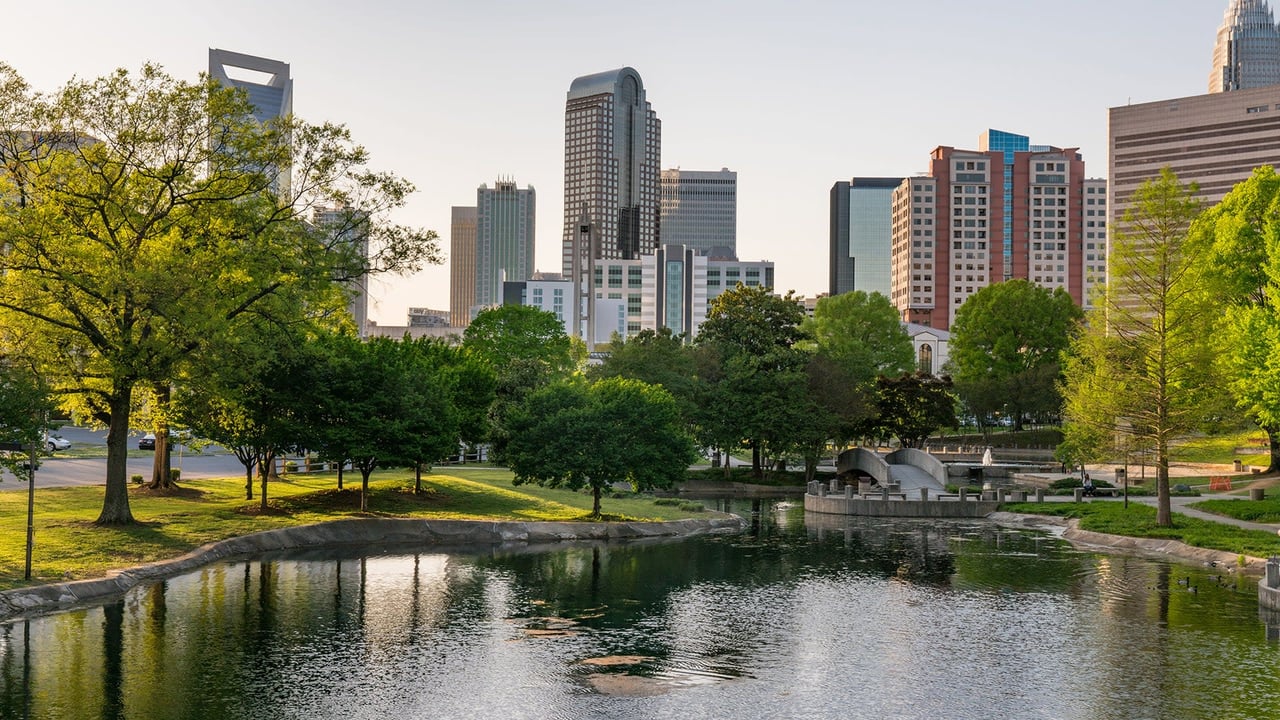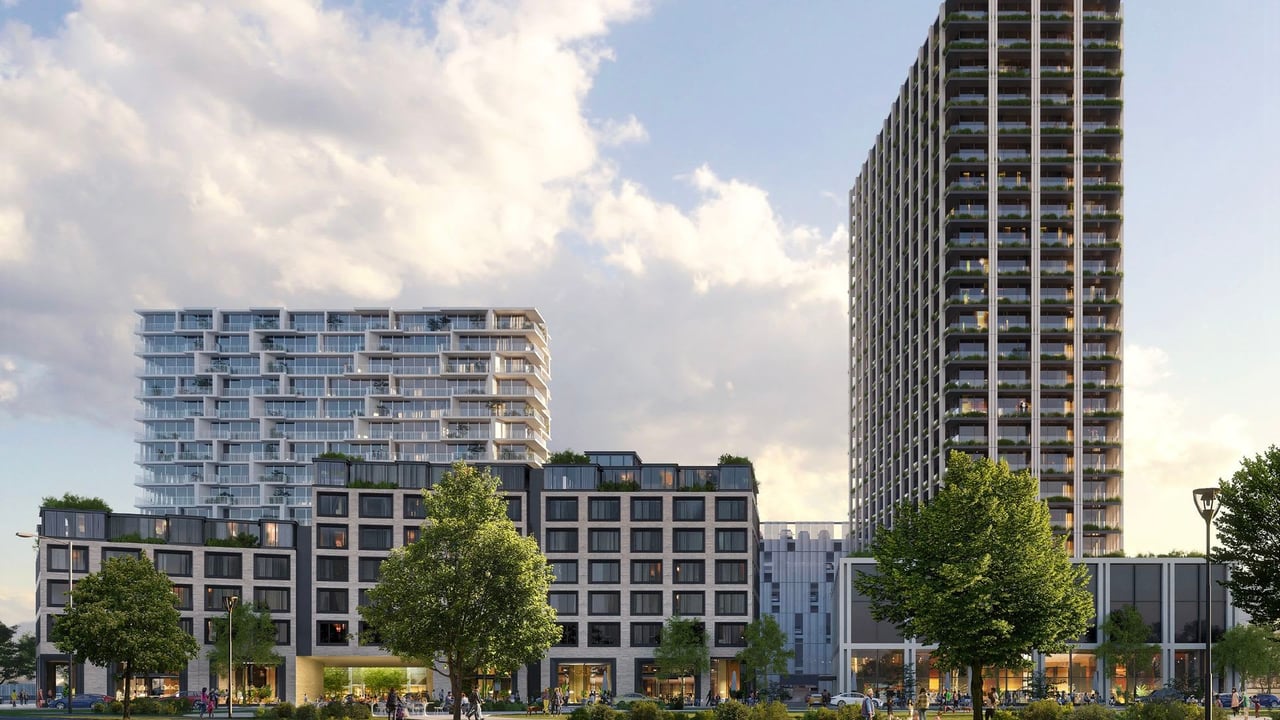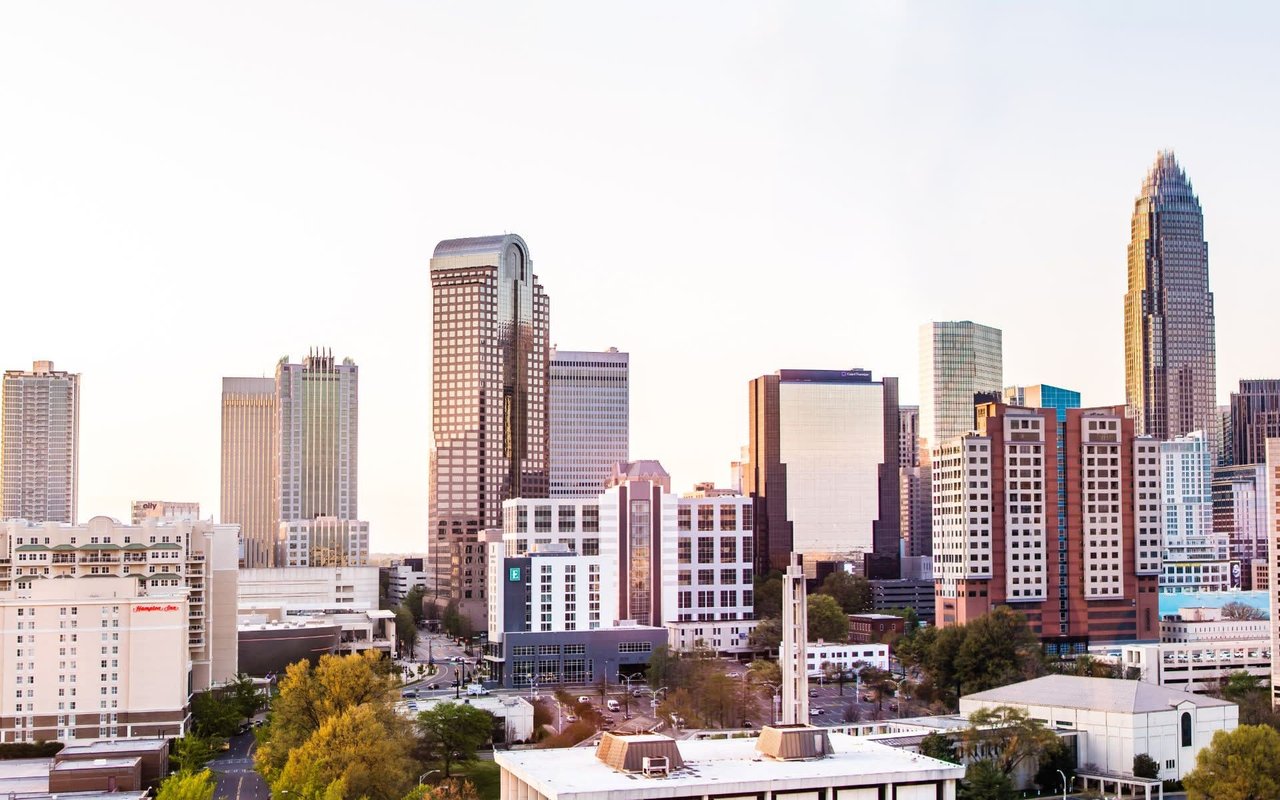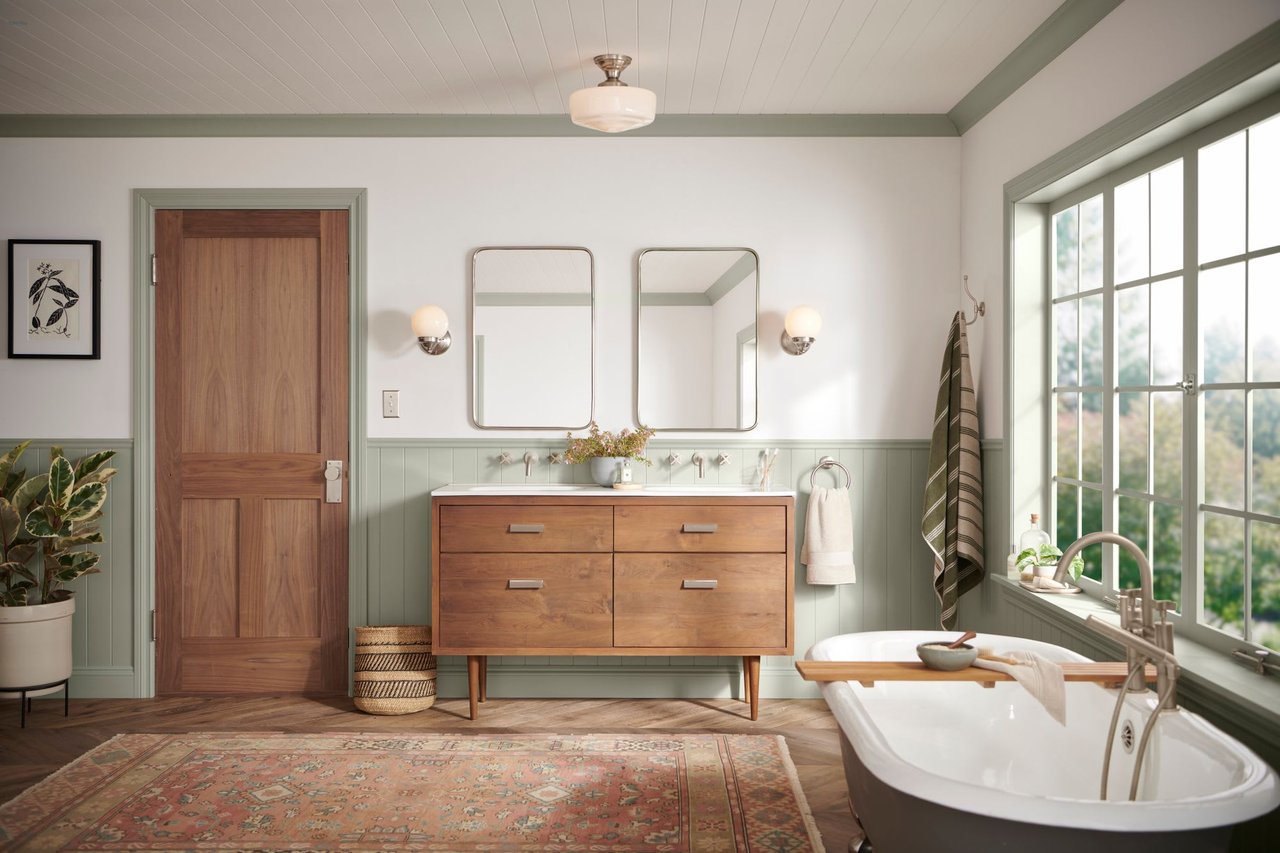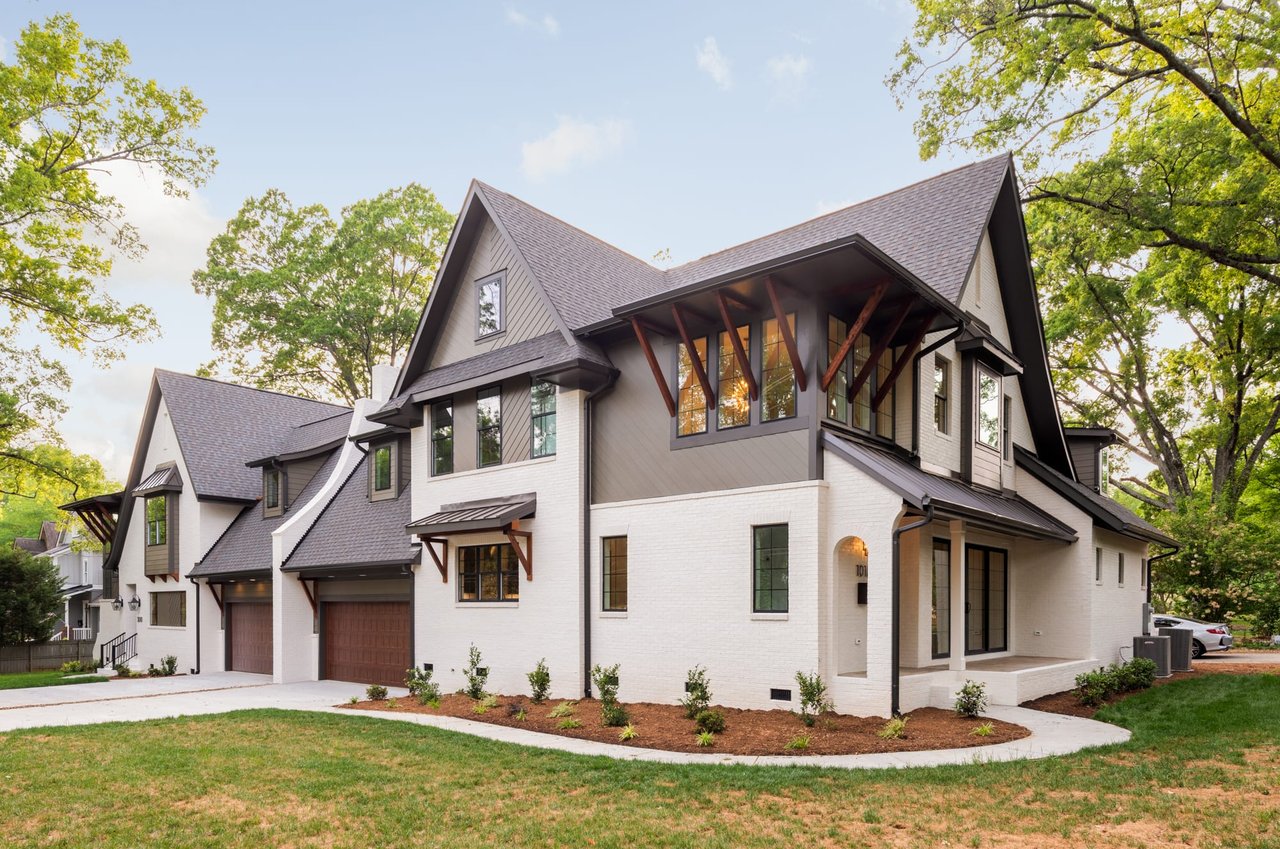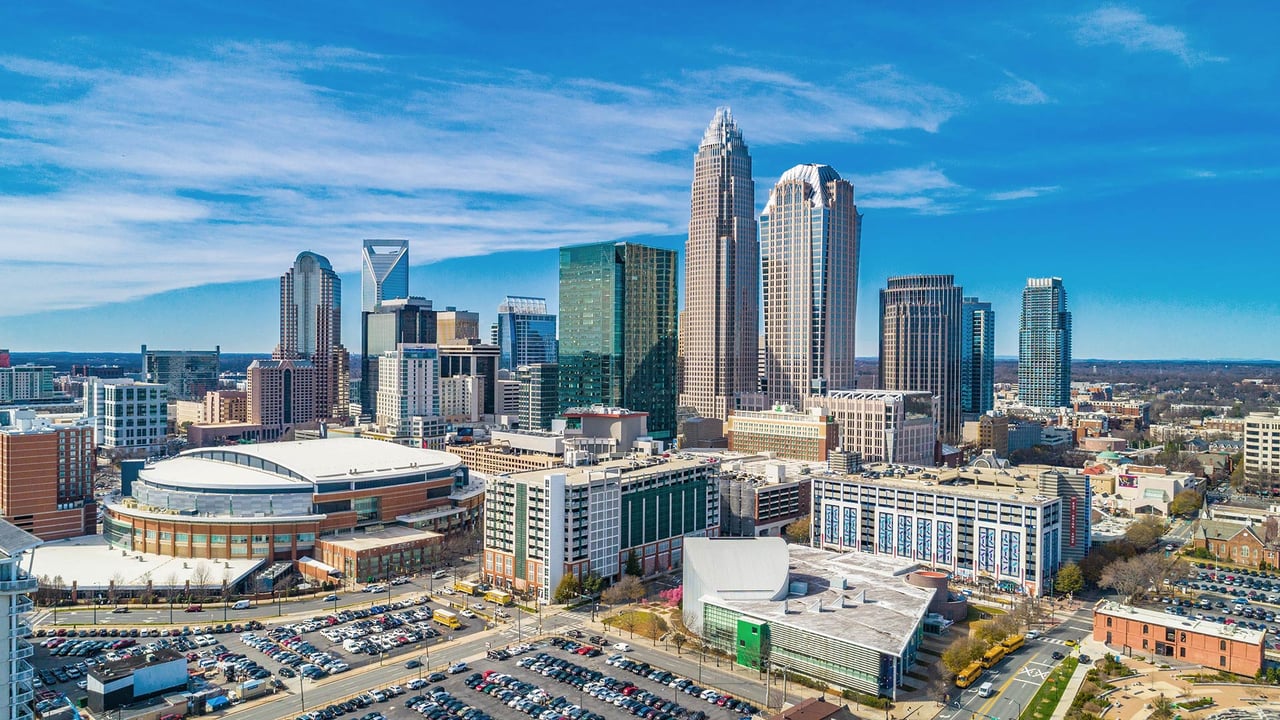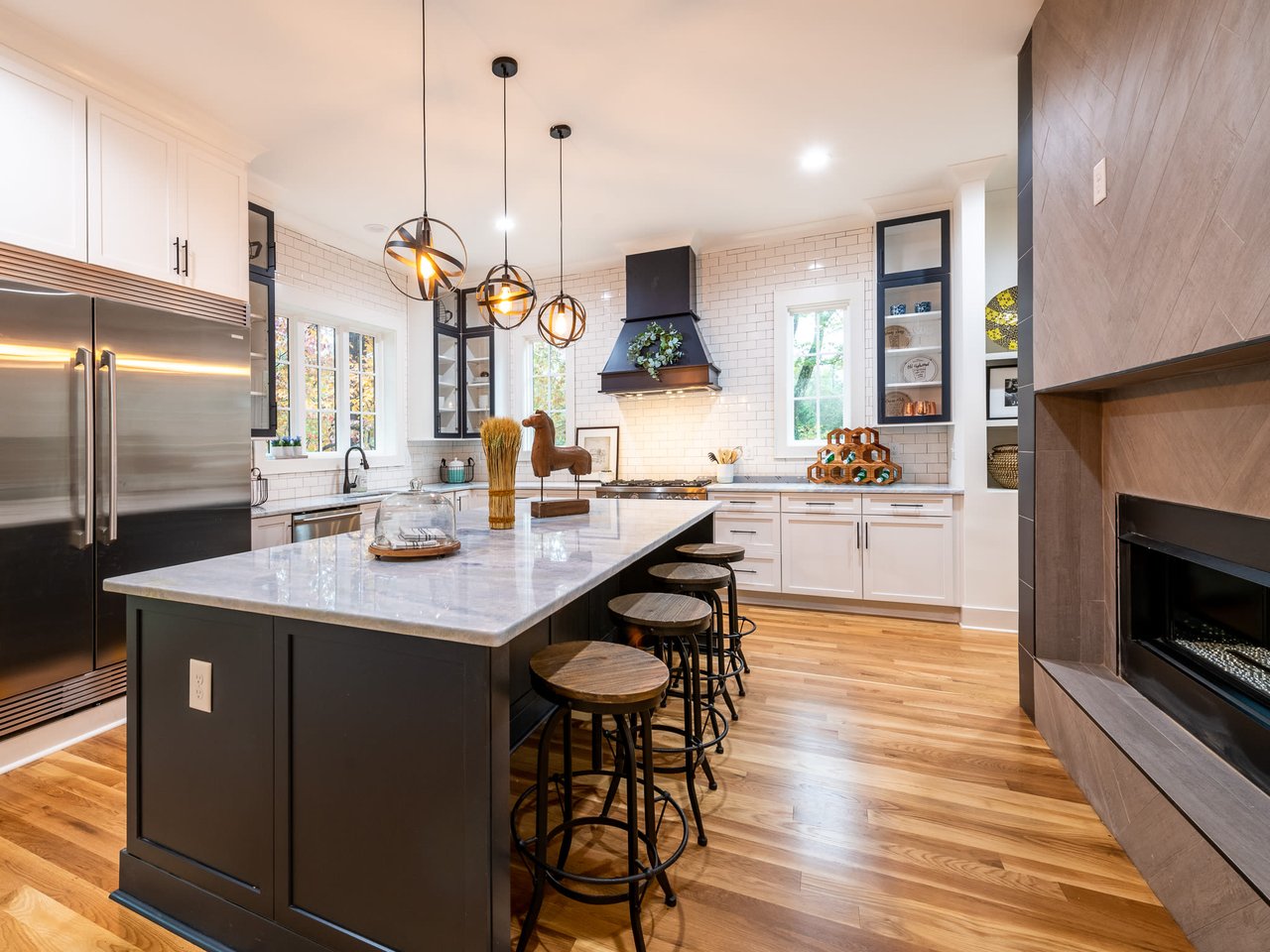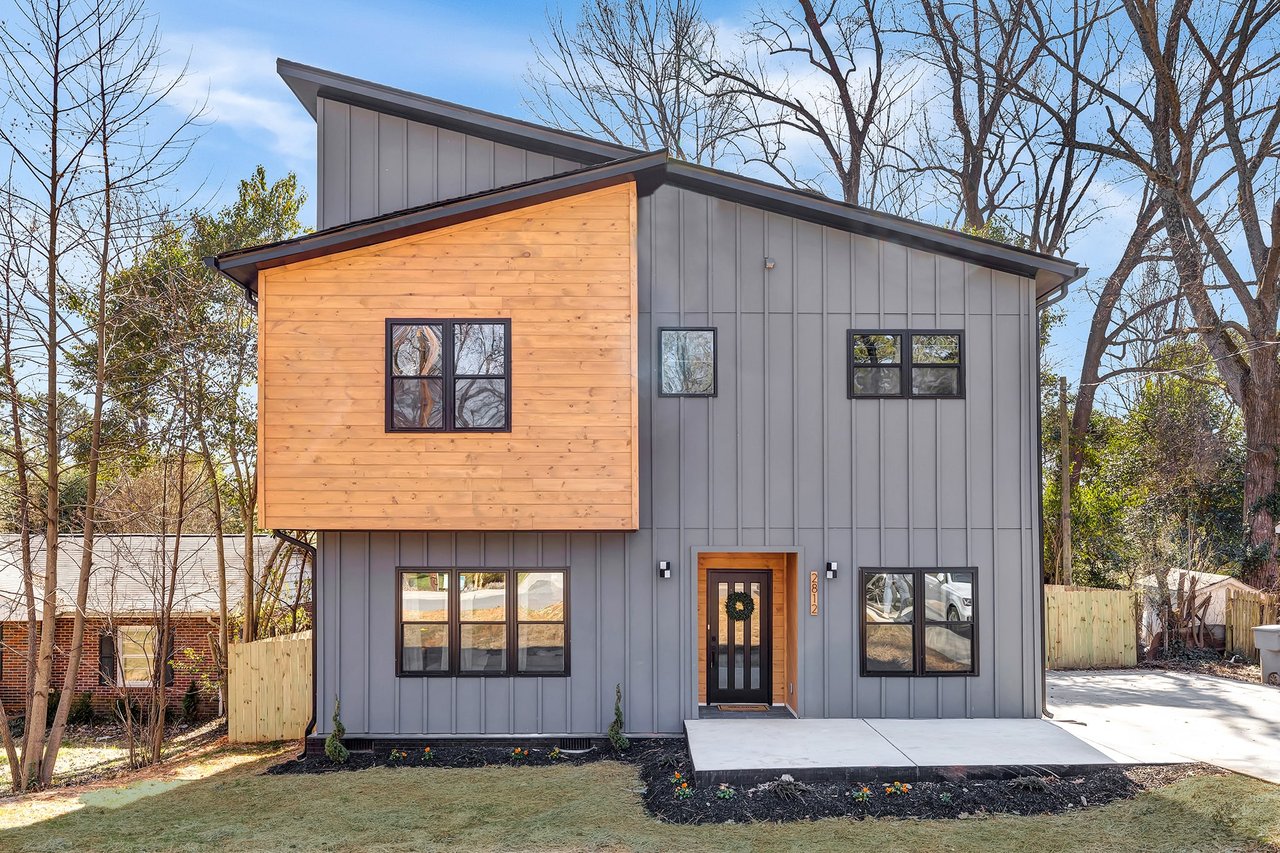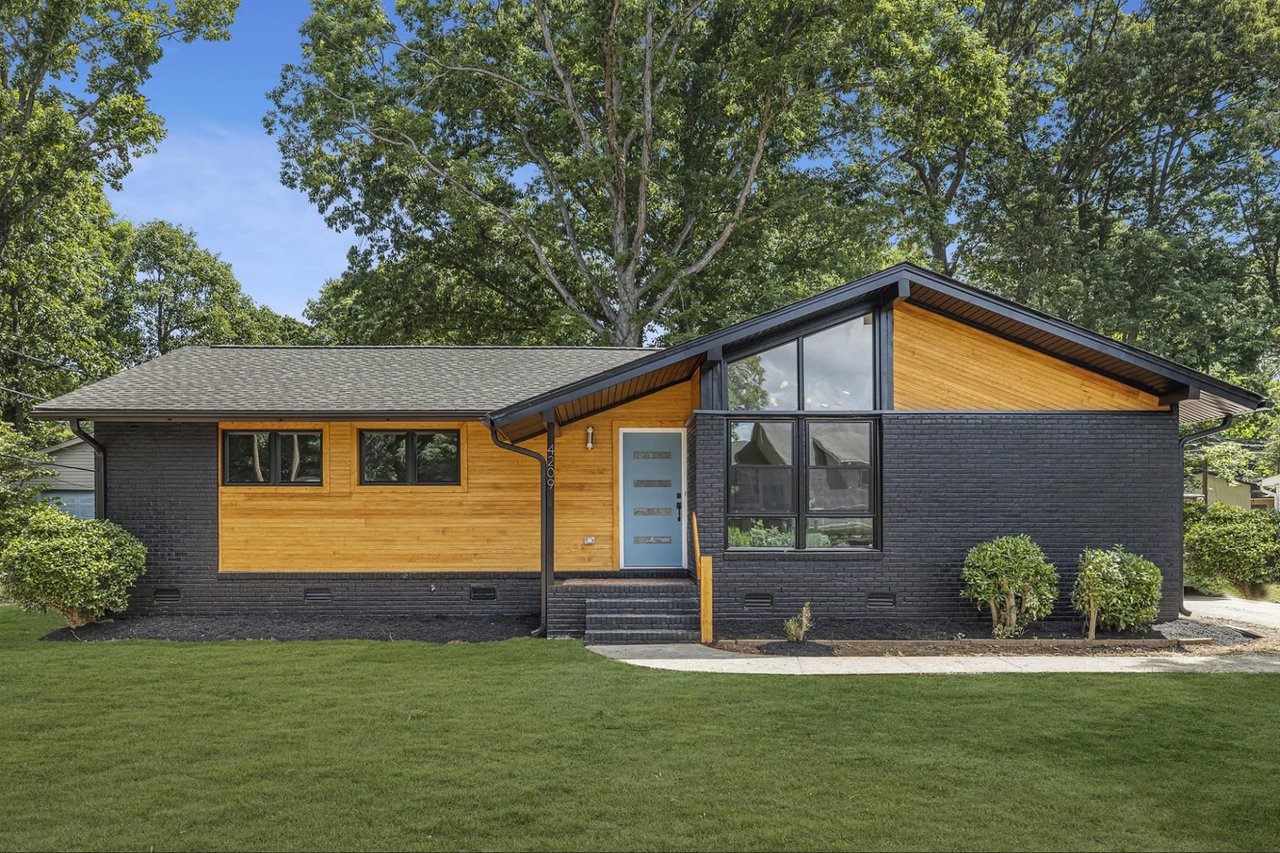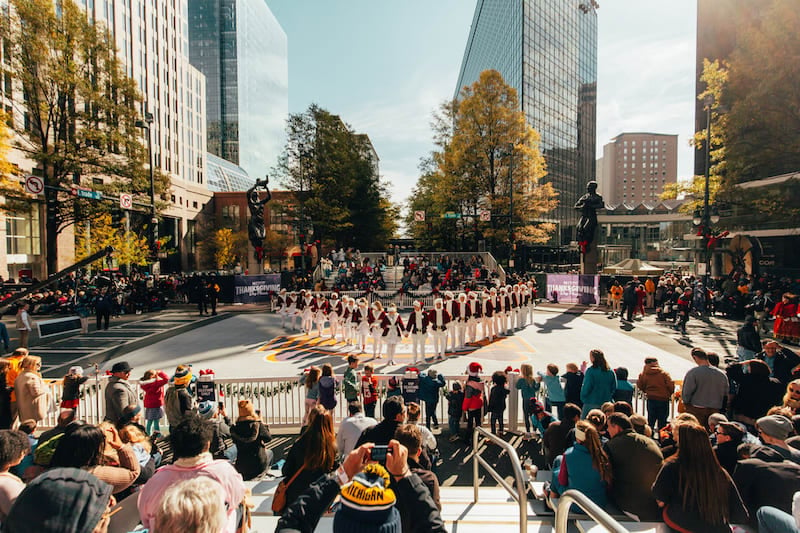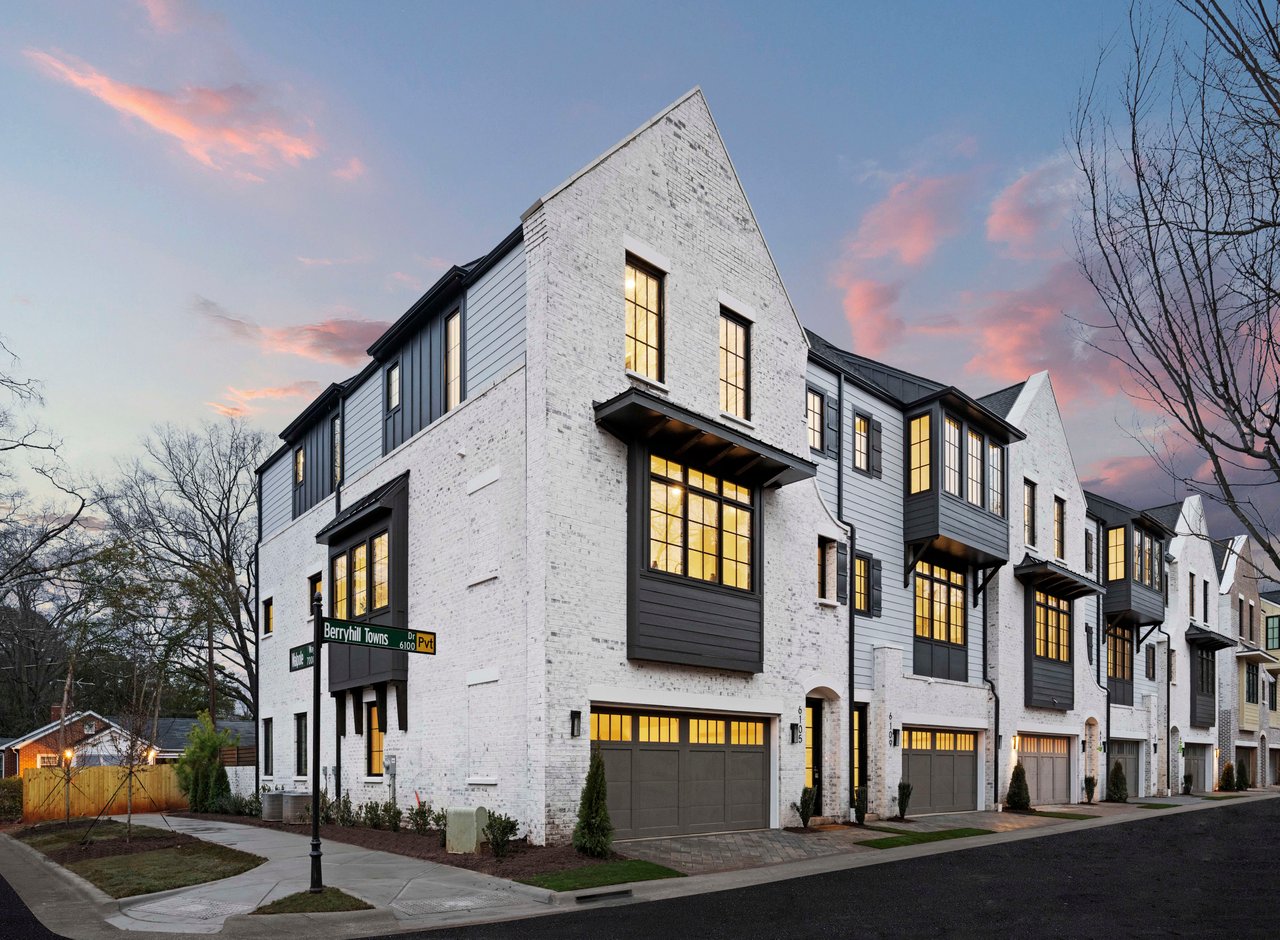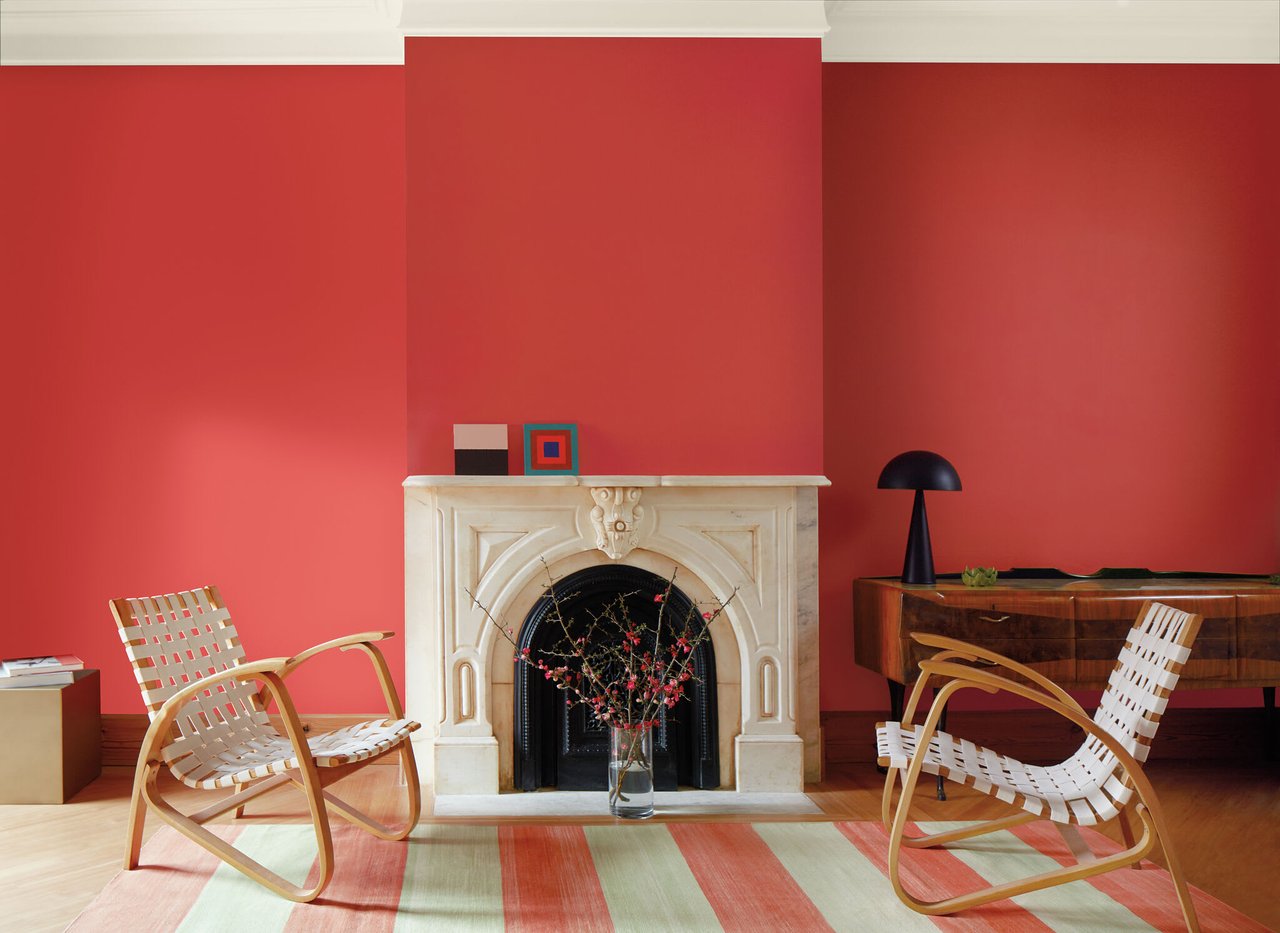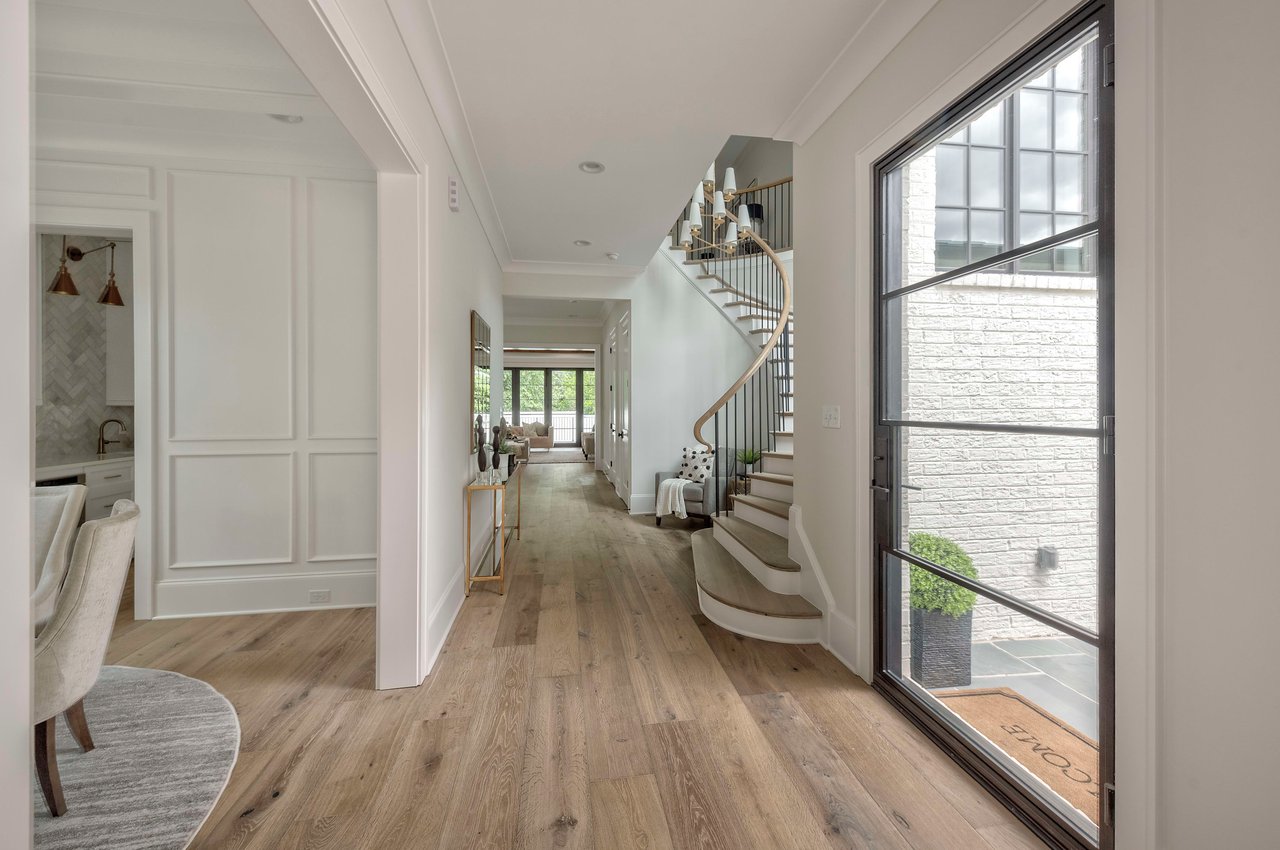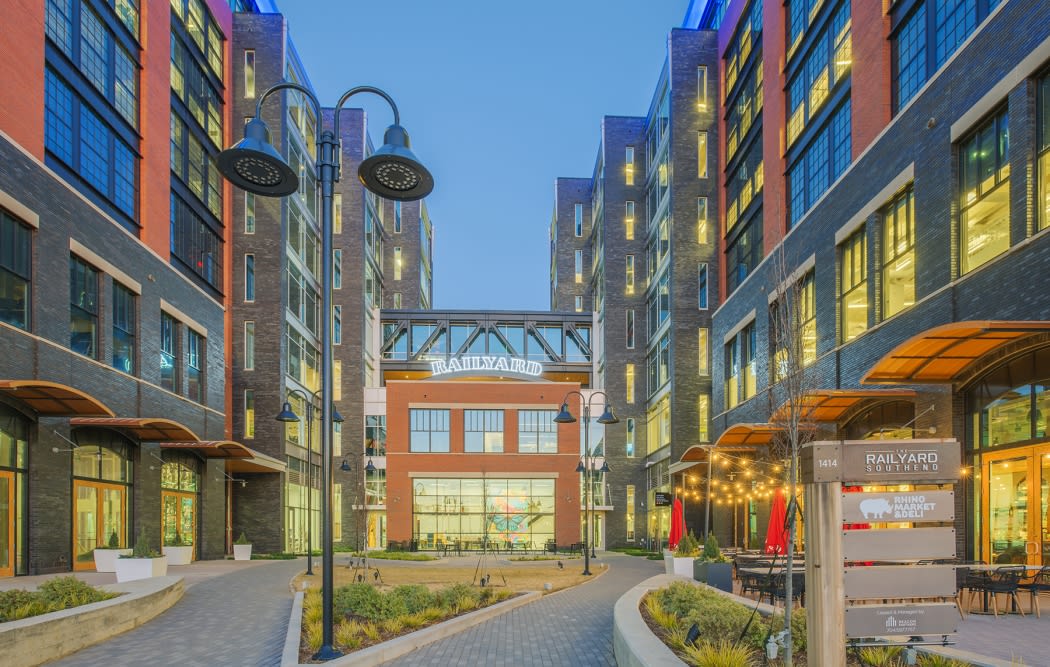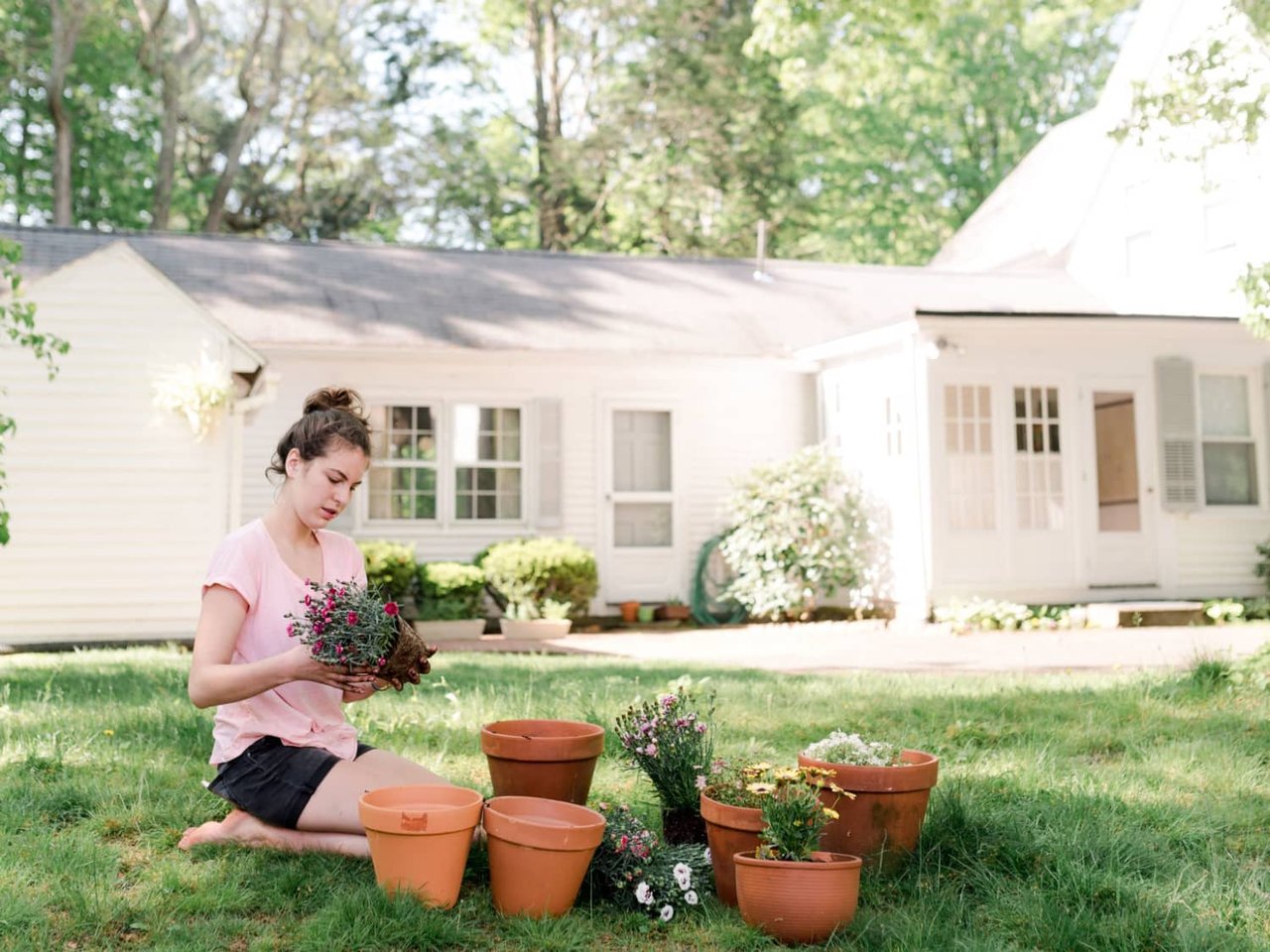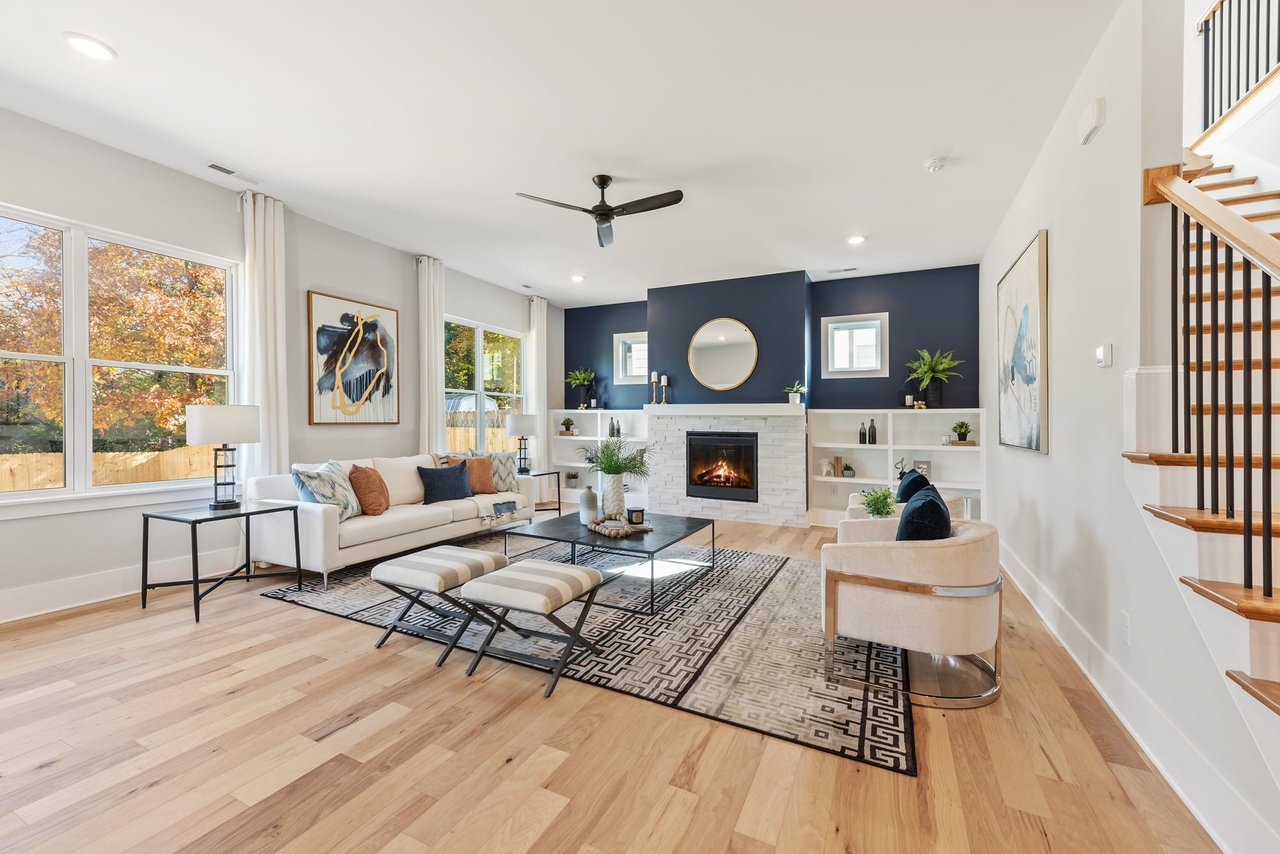Renovations underway at Elizabeth’s Independence Park aim to restore much of the early-1900s design created by a national giant in landscape architecture

New improvements like wider trails and permanent restrooms will be easily noticed when construction is complete at Independence Park. But what many won’t know is that the design changes will pay homage to the storied architect who designed the park at the start of the 1900s. (Photo by John Short)
by John Short
Drivers passing 7th Street and Hawthorne Lane in the Elizabeth neighborhood over the past year have likely noticed the orange construction cones and changing landscape as Independence Park is remodeled by the Mecklenburg County Park and Recreation Department.
The $5.9M project has been underway for years and is scheduled to come to a close by the end of 2022, adding new playground equipment, wider walking trails and permanent restrooms for the park — new modern conveniences expected of a modern park.
But more subtly, the project also includes a return closer to the design of the original creator of the park, a nationally renowned landscape architect named John Nolen,whose personal stamp on Charlotte is difficult to ignore.
The renovation project aims to create a more cohesive park like the one Nolen designed, one that highlights the natural elements of the terrain, including a tree canopy and winding trails that approach the Little Sugar Creek Greenway toward the west end of the park.
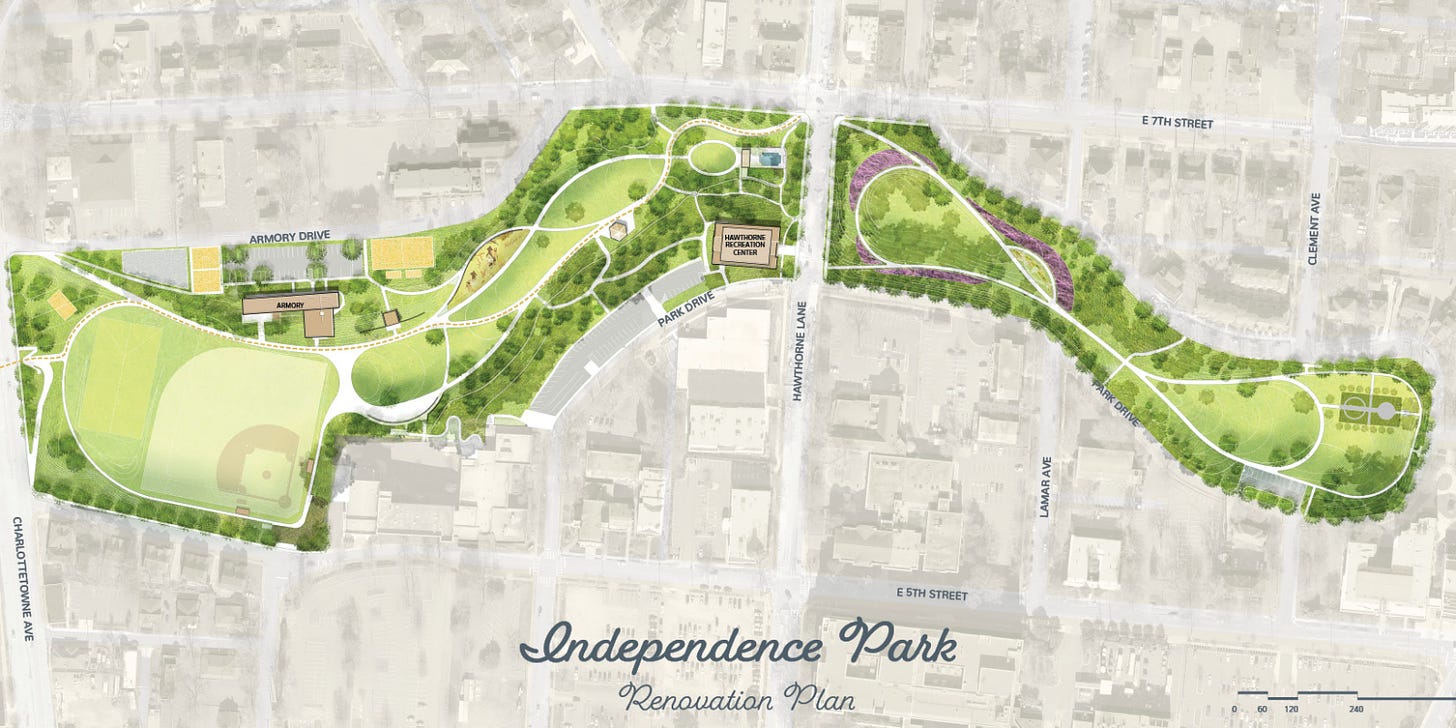
Early goal of making Charlotte famous for parks: Independence Park was Charlotte’s first public park, completed in 1906 after a deliberate planning effort from the Charlotte Board of Alderman, at the insistence of Charlotte’s leading business voices like Edward Dilworth Latta and DA Tompkins. These leaders emphasized the desire to “make Charlotte famous for the beauty of its parks,” and saw an expansion of public space as another way to prove Charlotte’s national legitimacy as a growing city.
In October 1904, the city selected the name “Independence Park” (a possible subtle reference to the Meck Dec, or the Mecklenburg Declaration of Independence), and Tompkins began the process to solicit proposals for the park from landscape architects.
Ultimately, the commission selected John Nolen’s proposal for the park design, and he temporarily moved to Charlotte to oversee the construction of the park in 1905. Only 36 at the time of his appointment, Nolen had recently graduated from Harvard’s Landscape Architecture Master’s program, where he studied under Frederick Olmsted Jr., the son of Frederick Law Olmsted, the renowned designer of New York’s Central Park and the Biltmore Estate in Asheville. [changed 10/26/22 to correct spellings of architects’ names]
Nolen’s work during his studies was greatly inspired by the “Garden City” experiments of European cities in the 1890s, which were meticulously planned small communities of commercial, industrial and residential areas encircled with greenbelts to give the feeling of a cohesive city and rural life and landscapes.
Nolen’s design for Independence Park is very much in this vein and set out to make the natural beauty of the space more accessible, highlighting the “spirit of informality” inherent in the park.
Expanding influence: Before the park’s completion in 1906, Nolen made several trips to Charlotte to advise the park commission. During these trips, he impressed one commissioner in particular — real estate developer George Stephens.
Stephens had been working on a plan to develop a prestigious streetcar suburb southeast of the city, and he approached Nolen to work on the project. In 1911, Nolen was officially hired by Stephens to design the suburb, which Stephens had named Myers Park. The curved, tree-lined roads and landscaped medians that are now iconic characteristics of Myers Park are signature Nolen designs. There is no Booty Loopwithout John Nolen.
Over the years, Independence Park was modified with features that moved it away from Nolen’s original vision, but the soon-to-be-completed renovation returns some of those concepts, with a modern twist for accessibility for all of Charlotte’s residents.
Ultimately, Nolen would go on to have an illustrious career beyond the Queen City, designing over 400 civic projects across the country, including an expansion of the UNC campus in Chapel Hill, as well as city plans for Madison, Wis. and Sacramento, Calif.
So the next time you’re wandering through the completed Independence Park early next year or driving under the tree canopy of one of Myers Park’s curved boulevards, know that the curves and closeness are not a fluke: They’re all part of John Nolen’s plan for “unified suburban design.”










